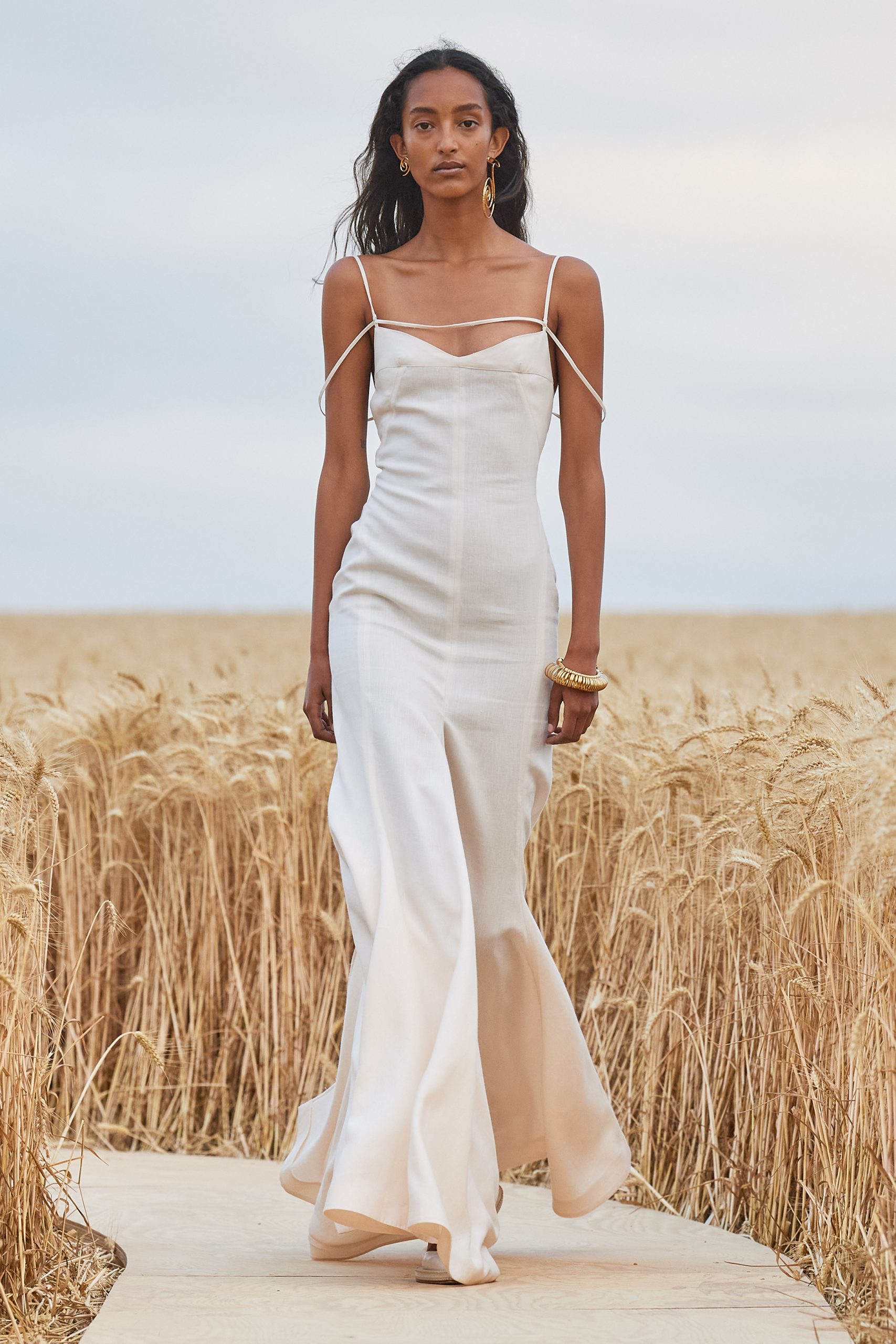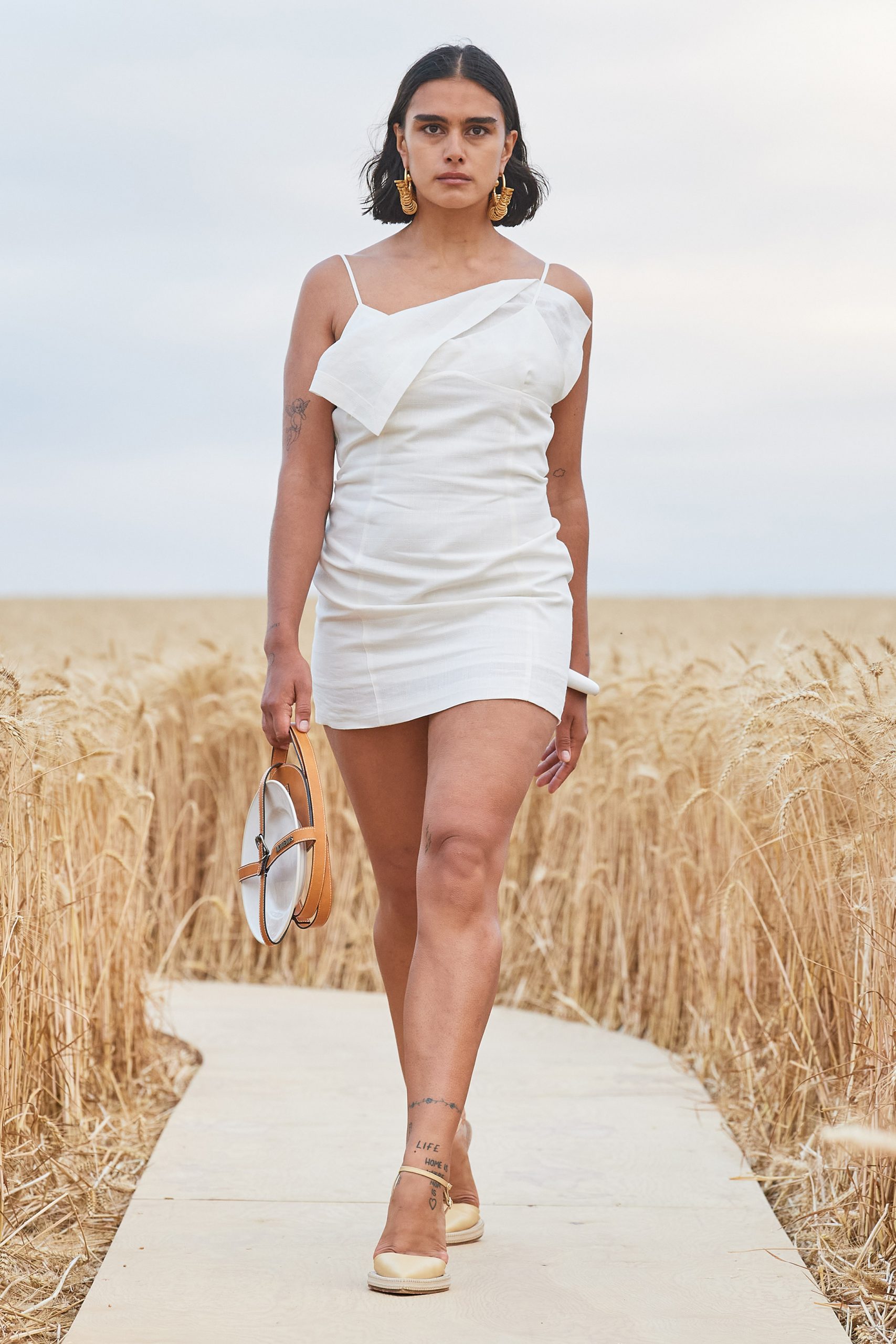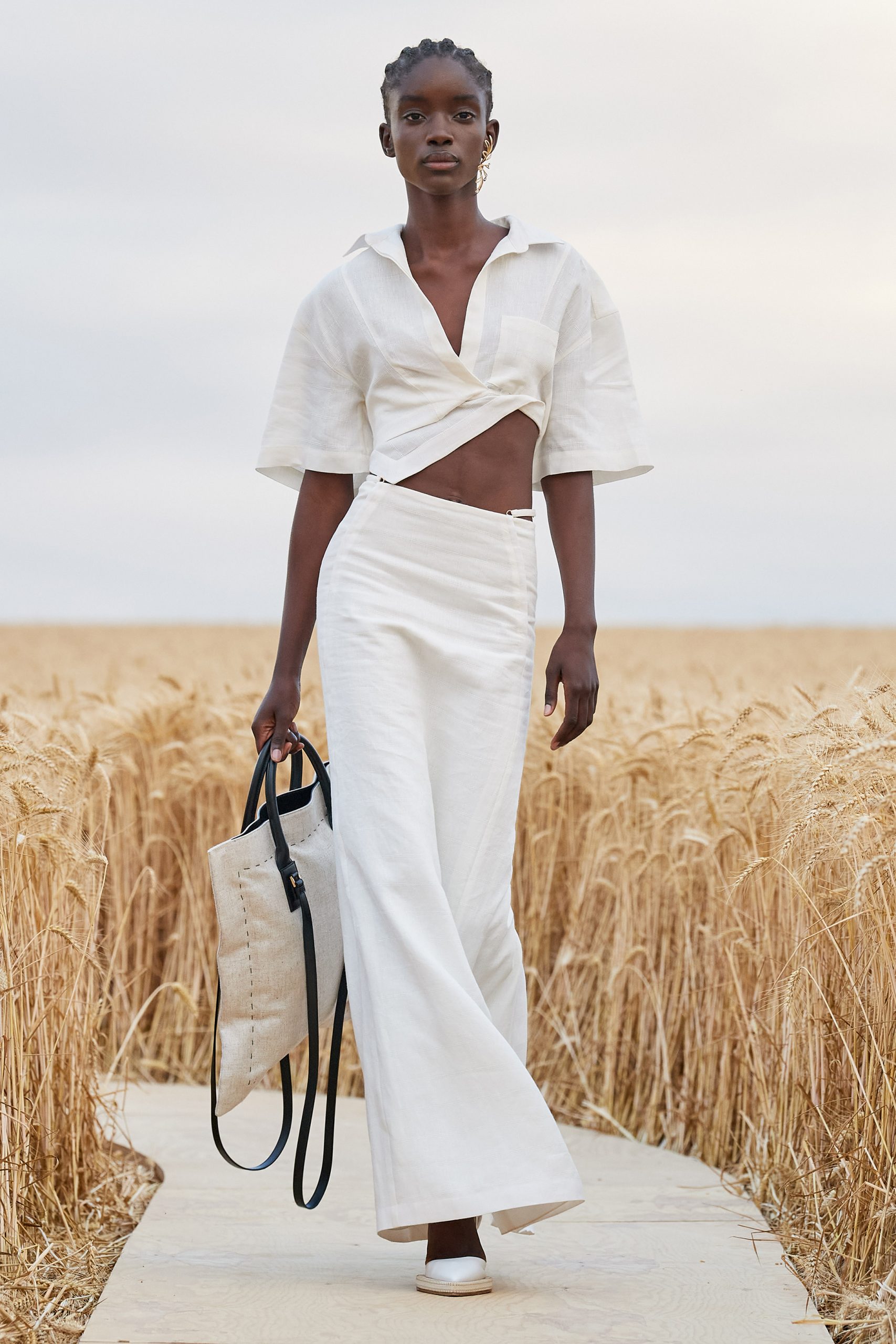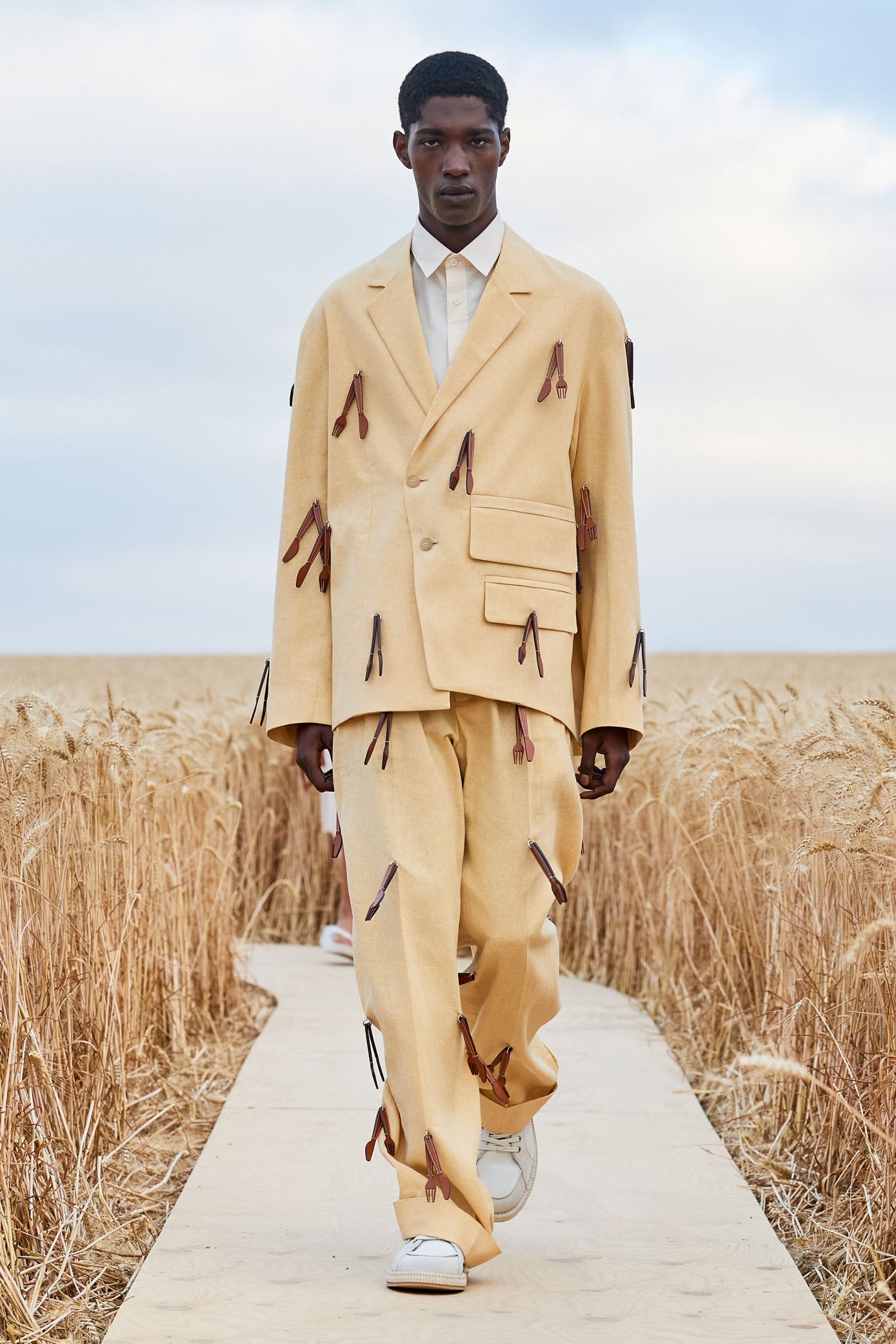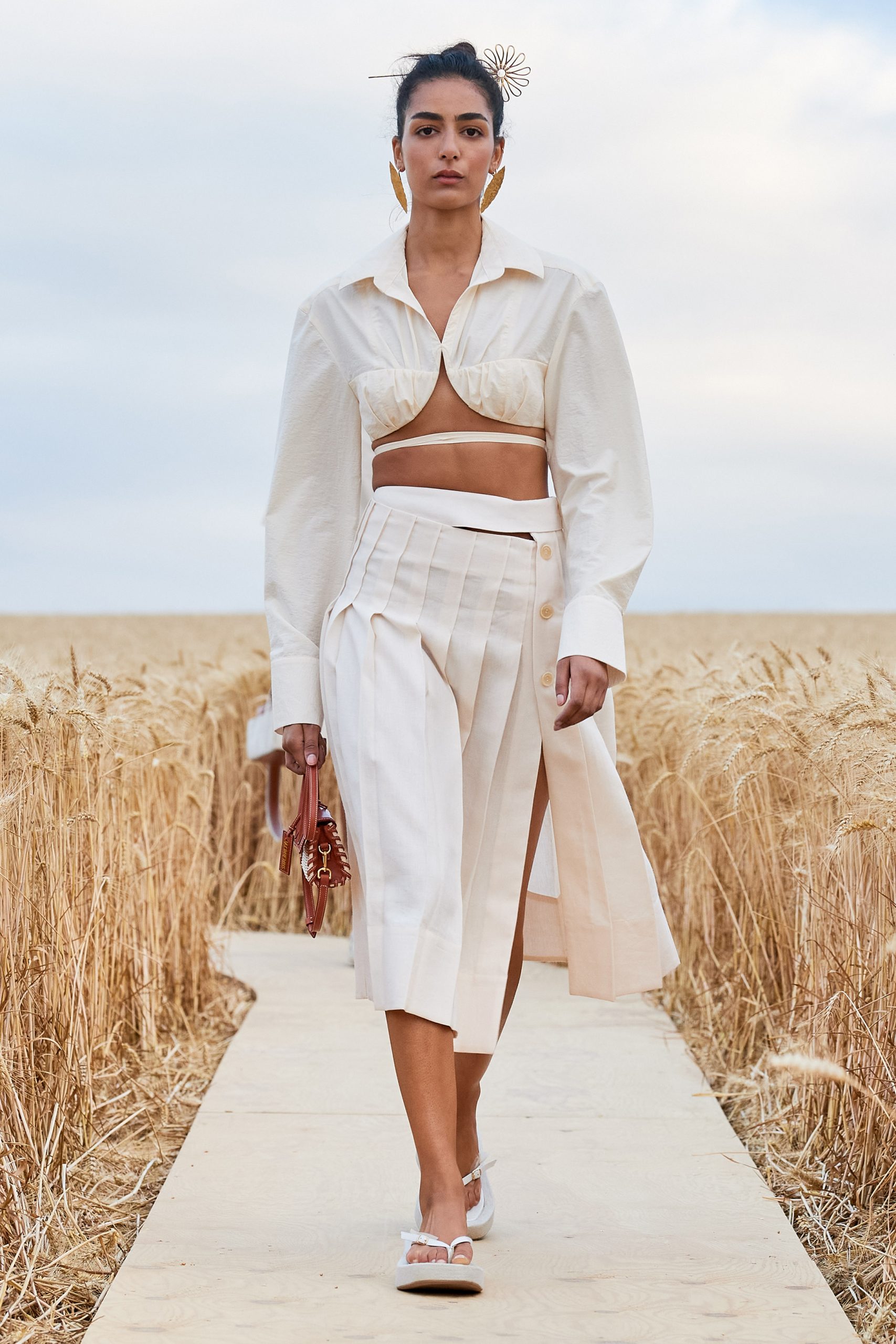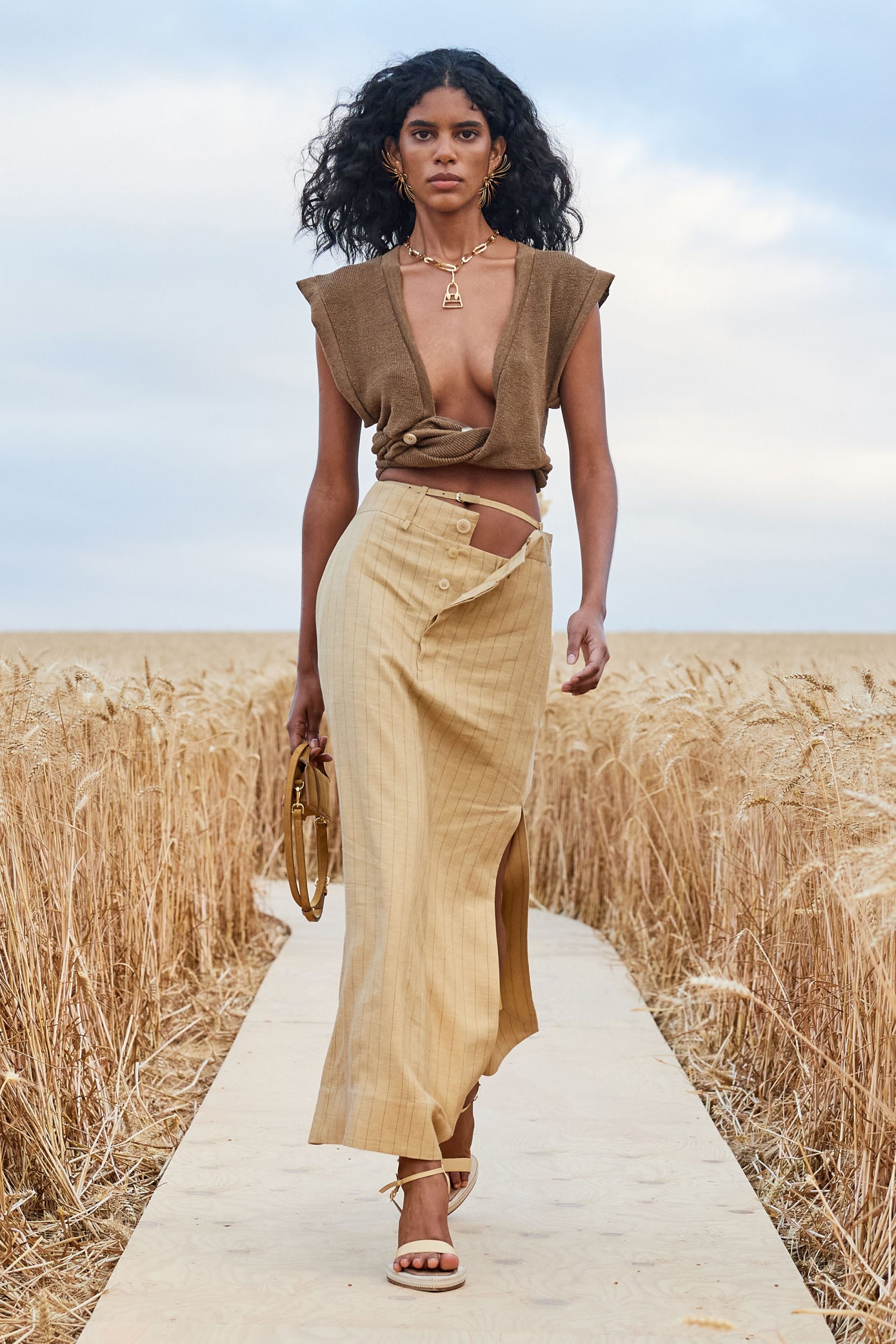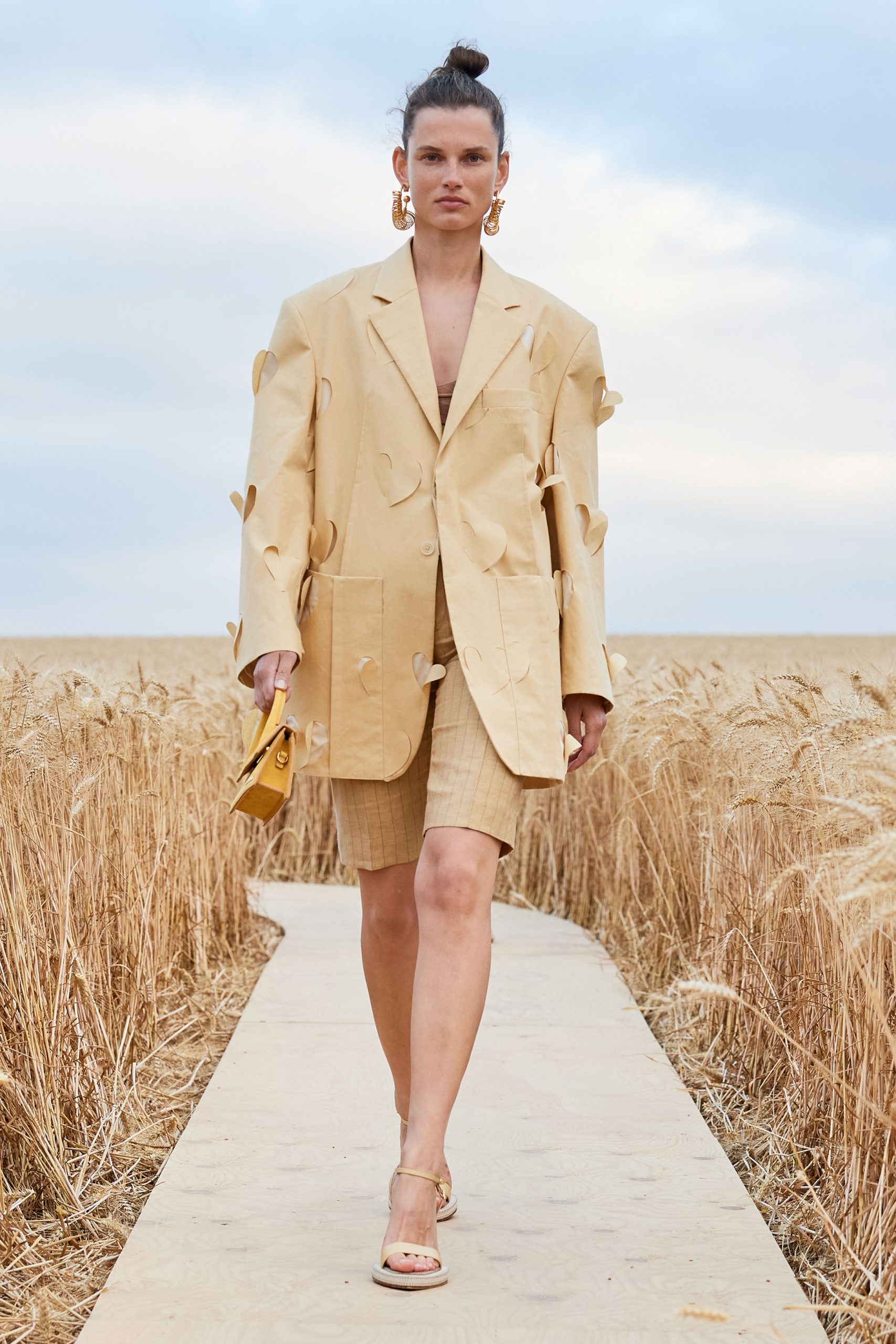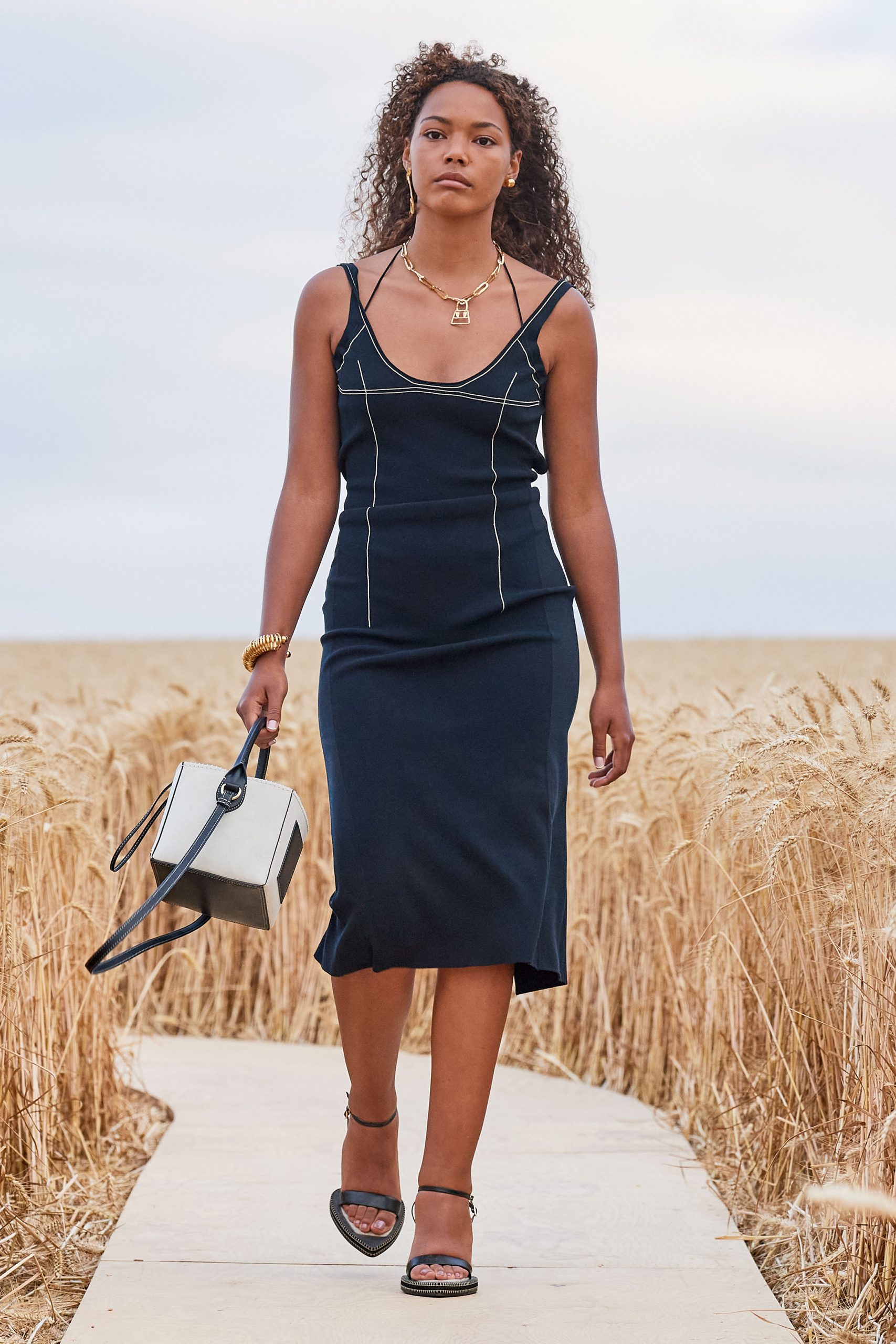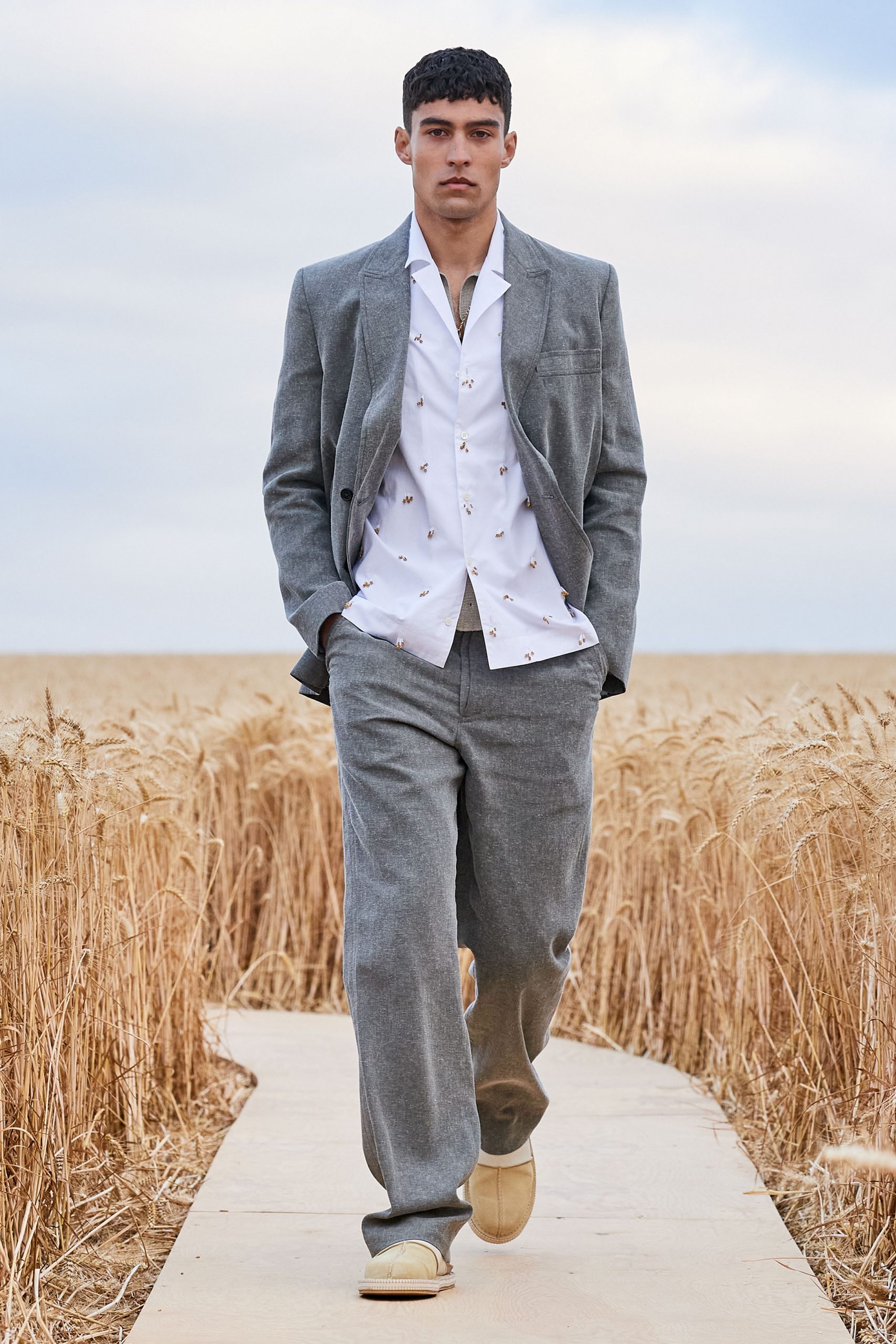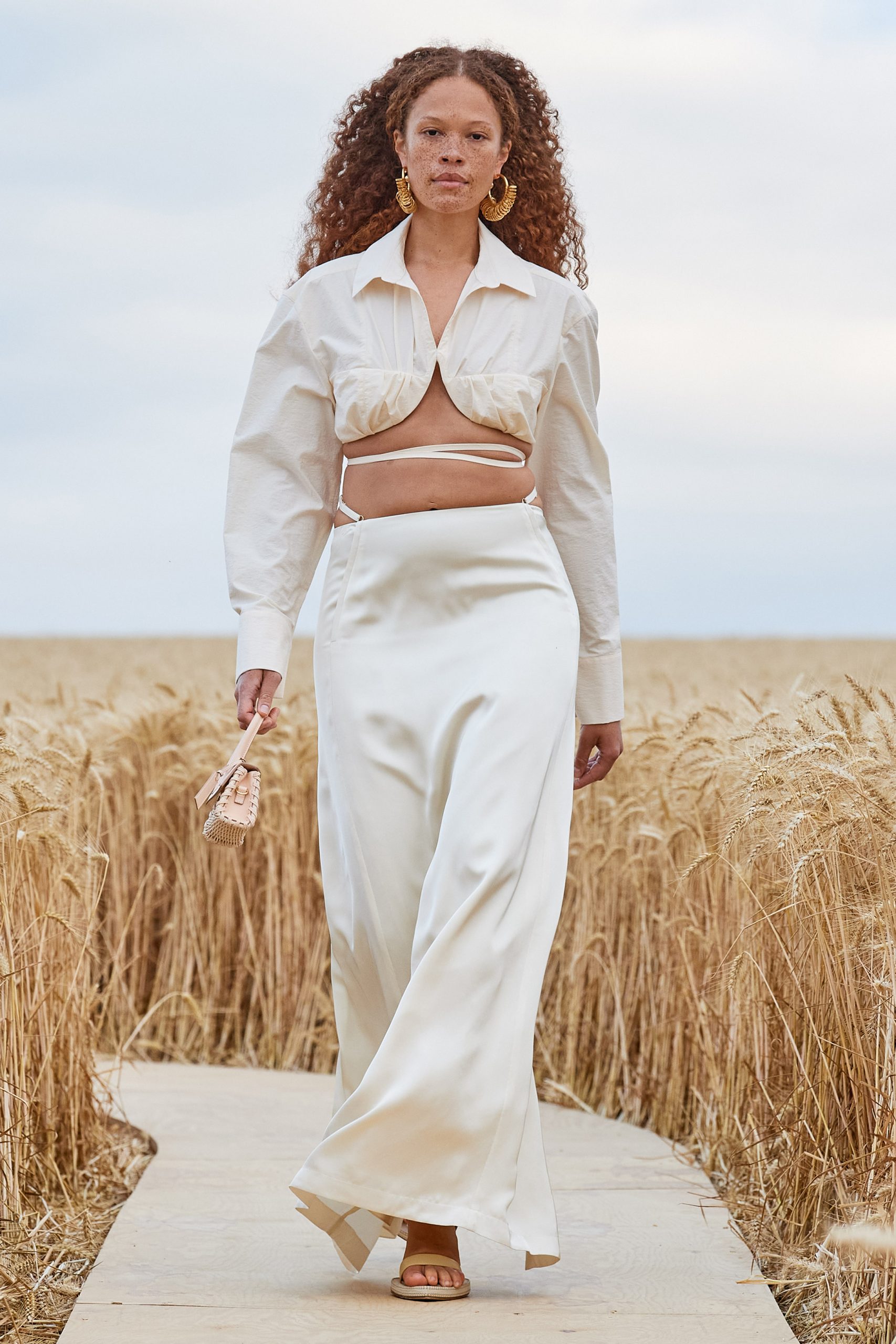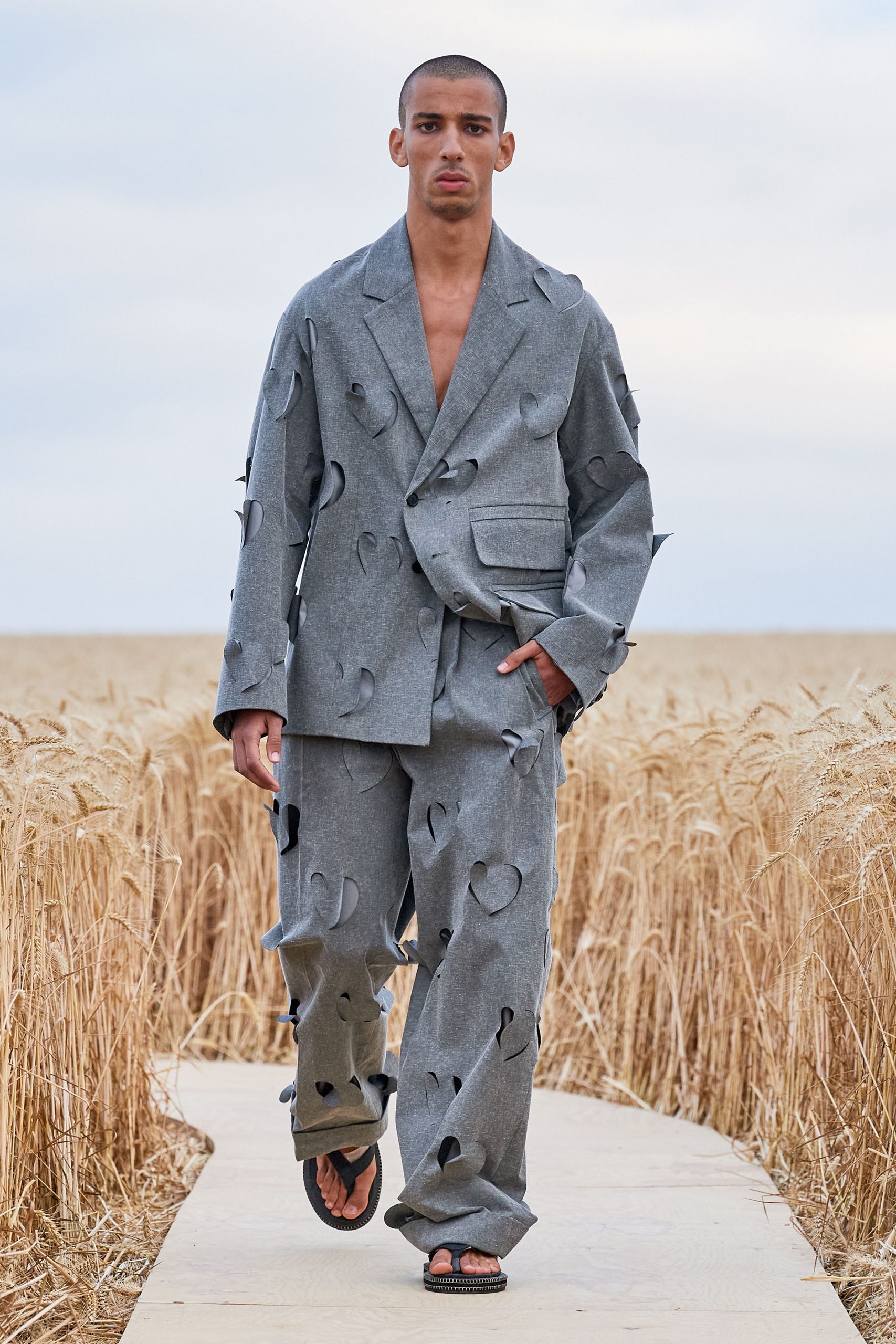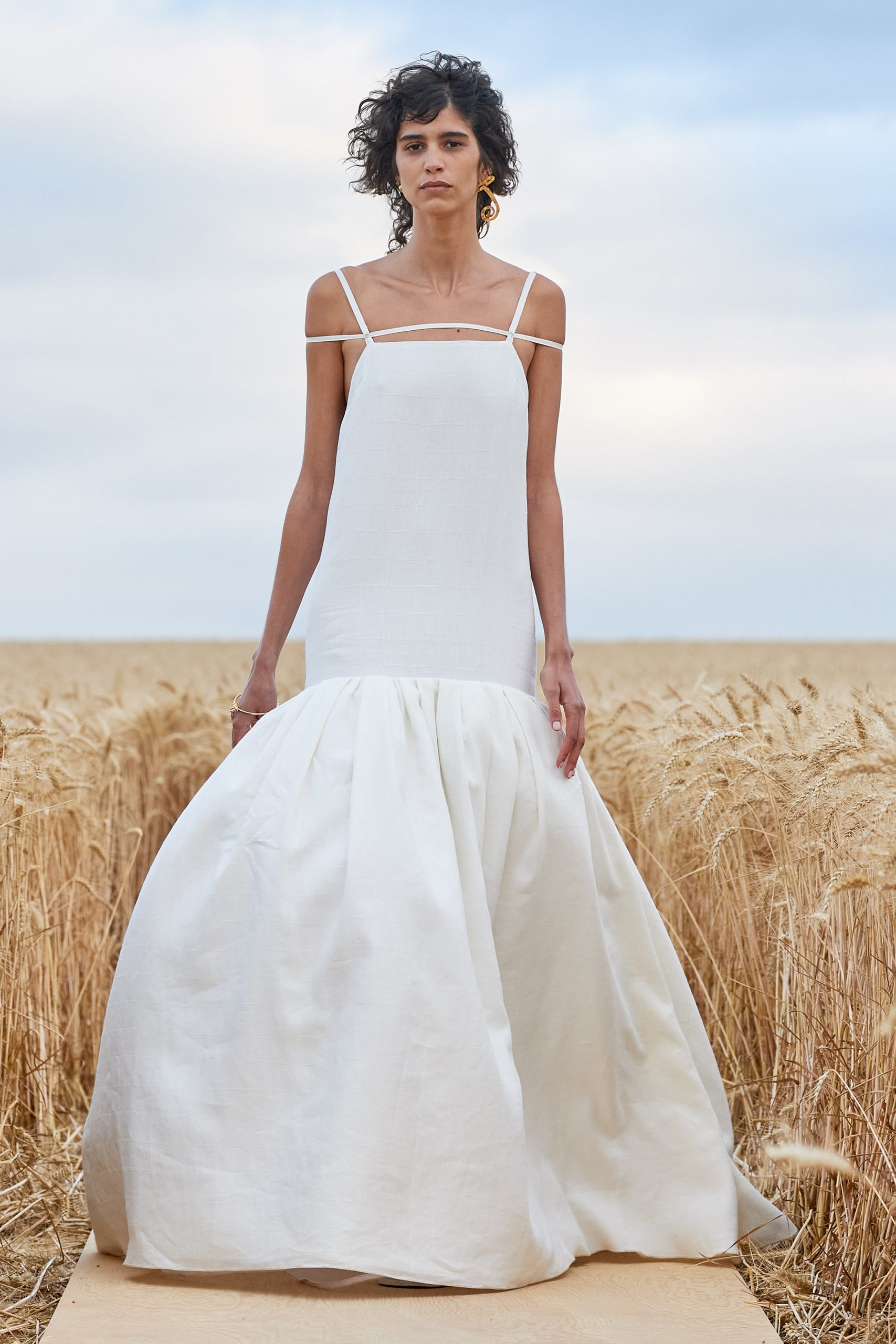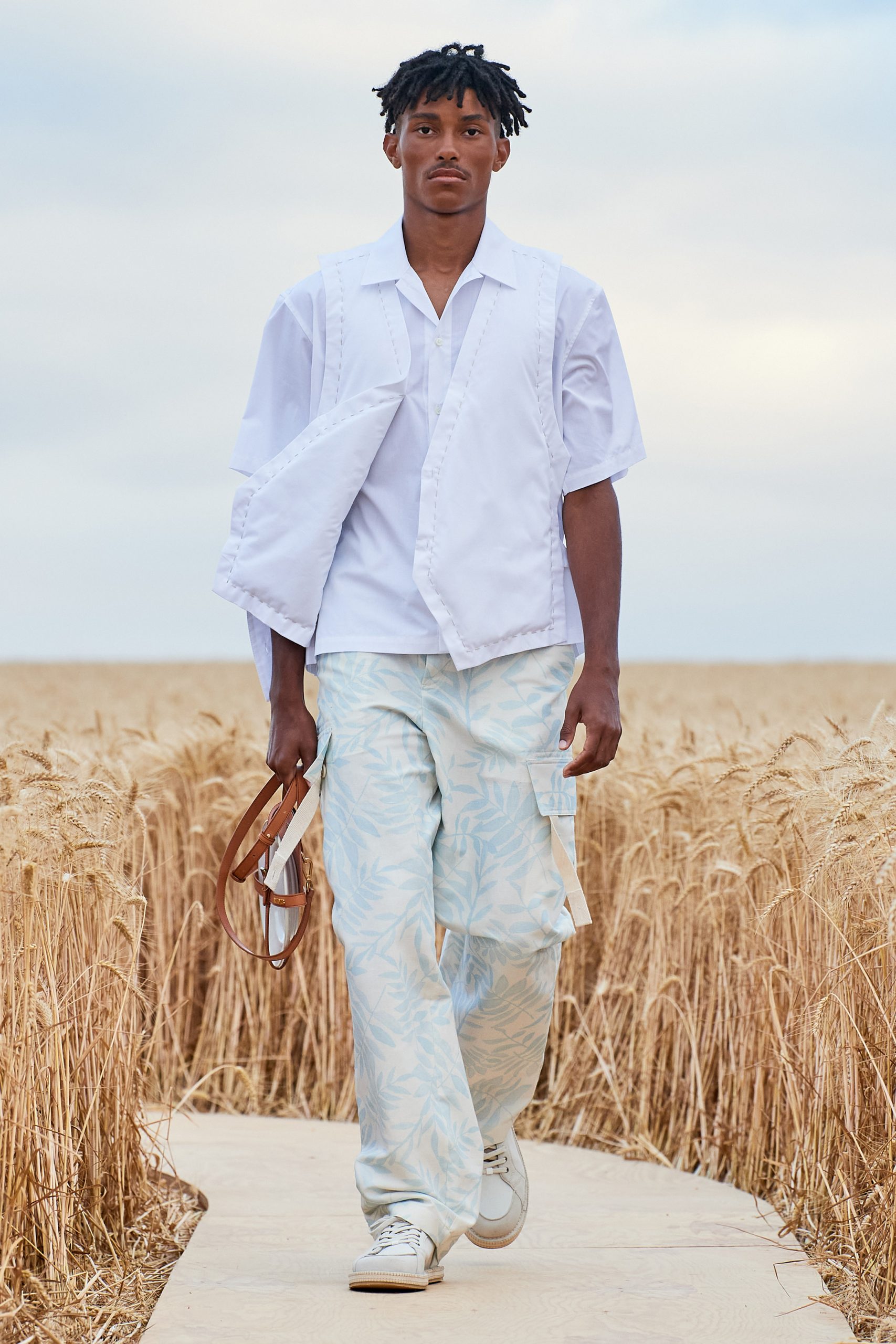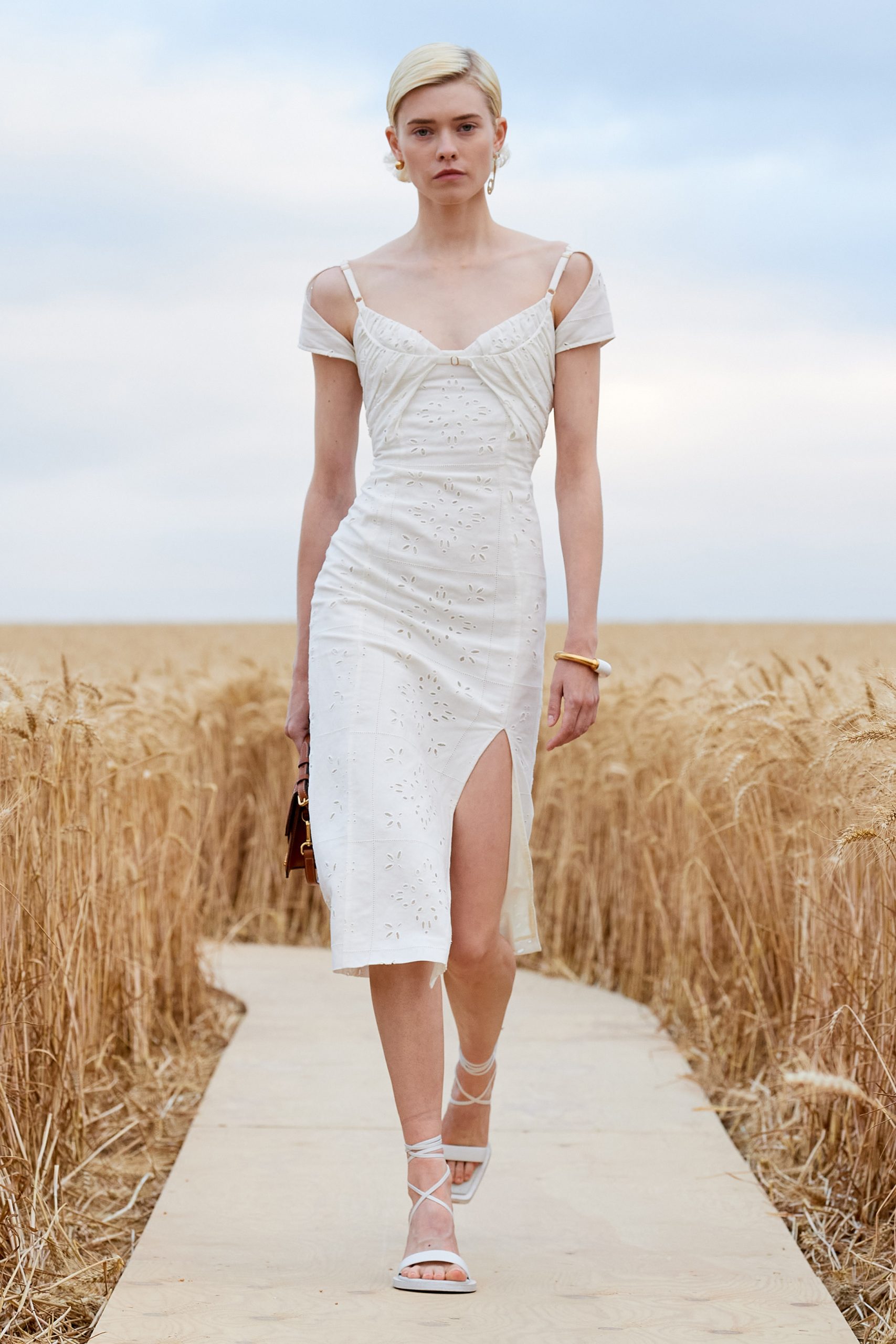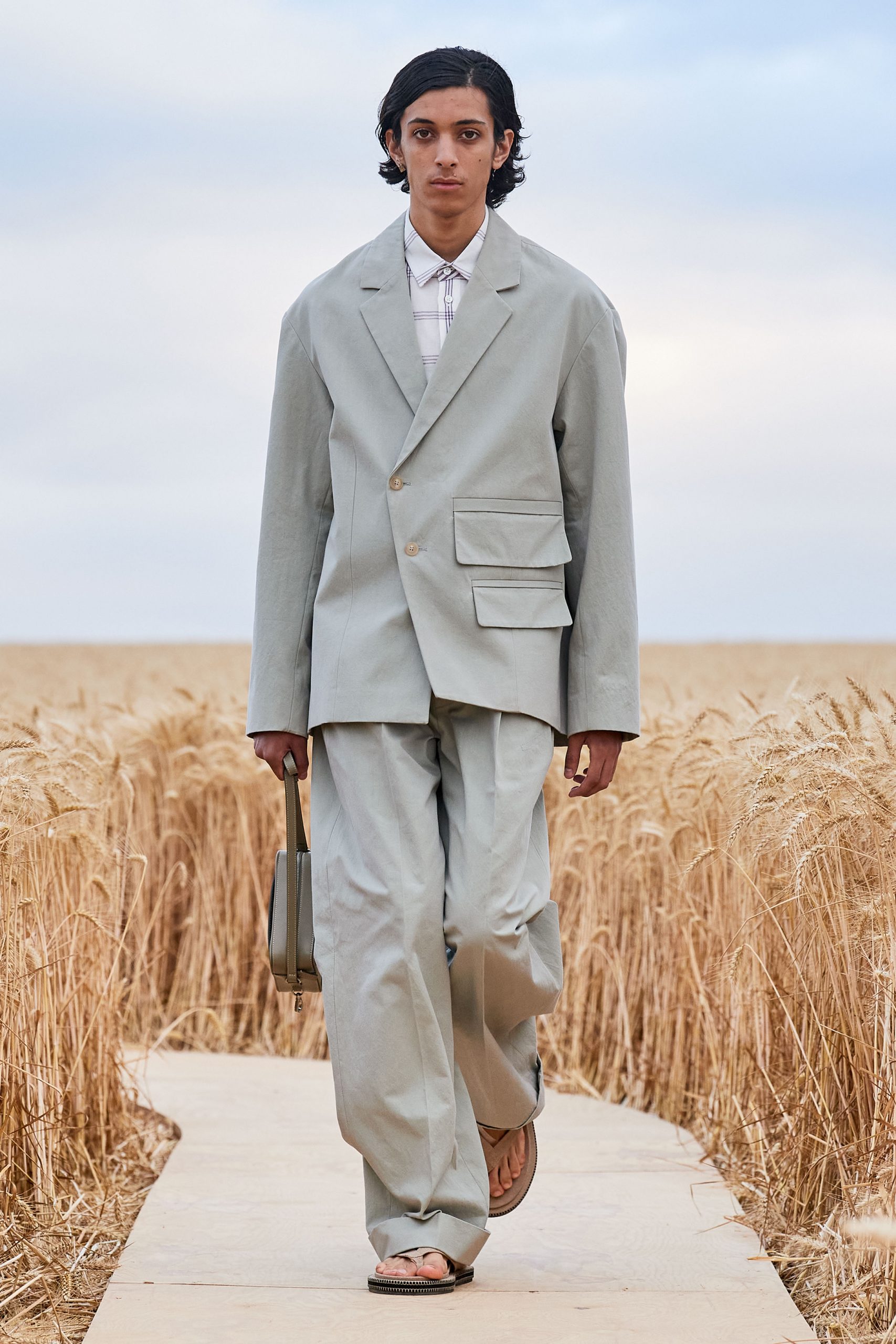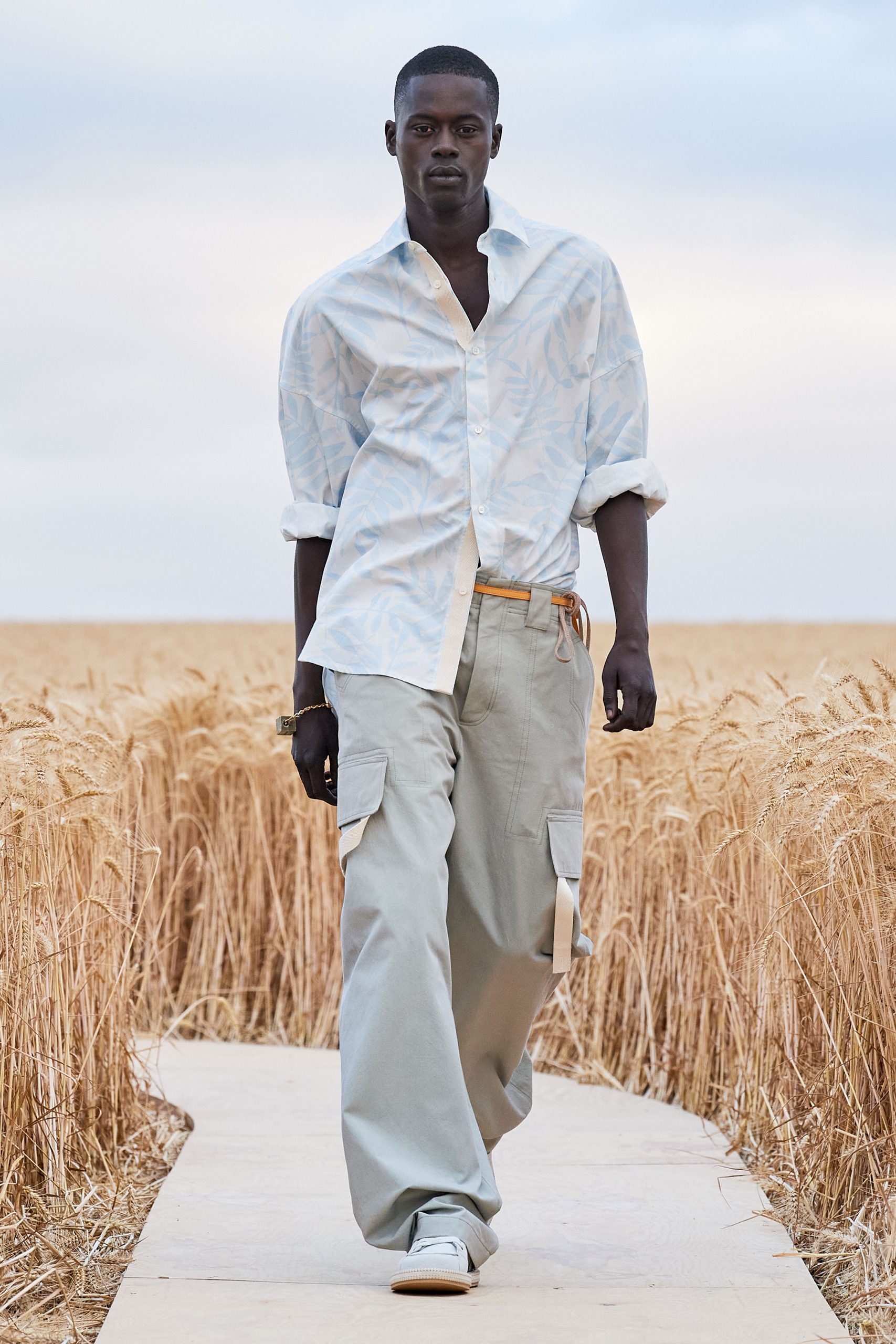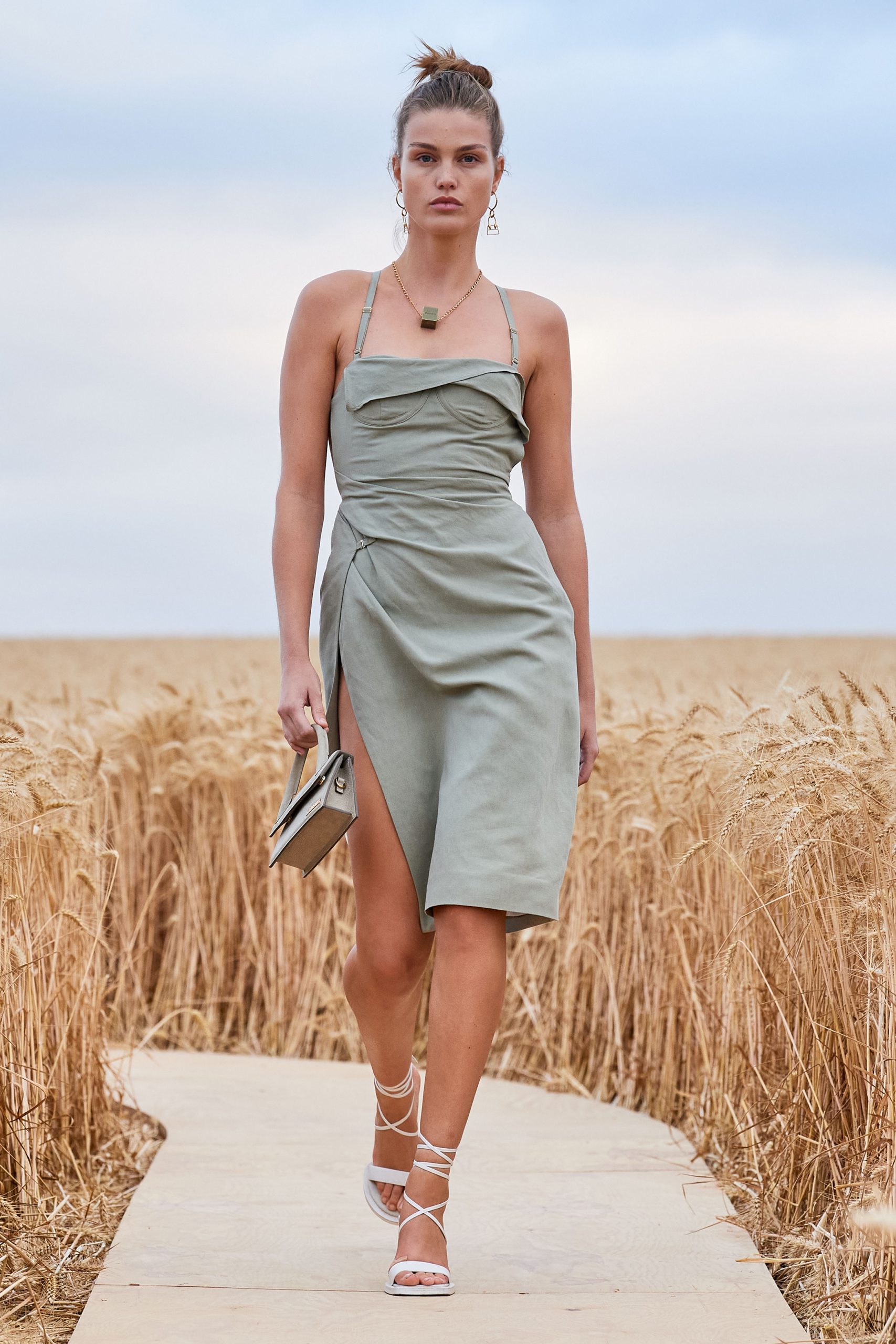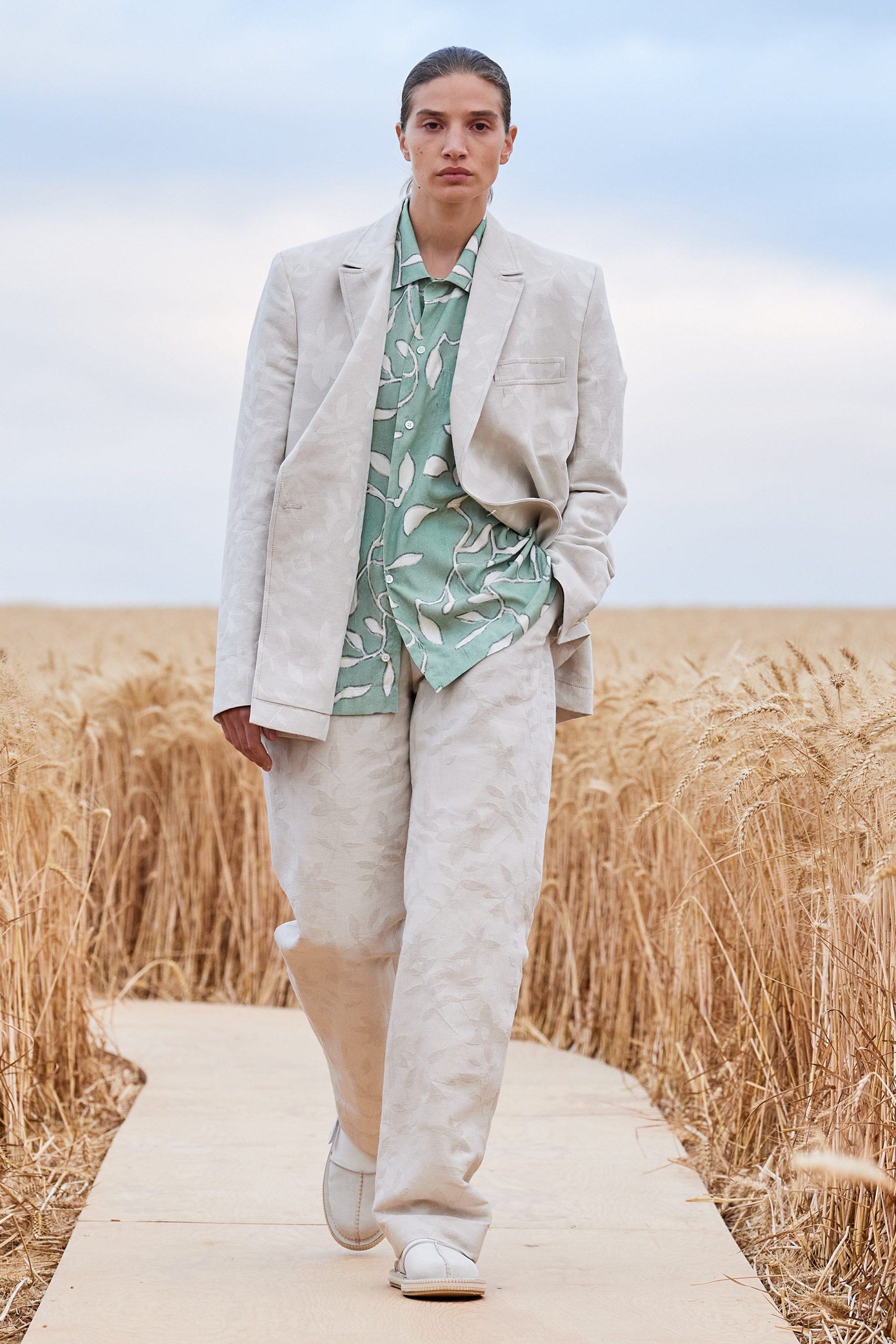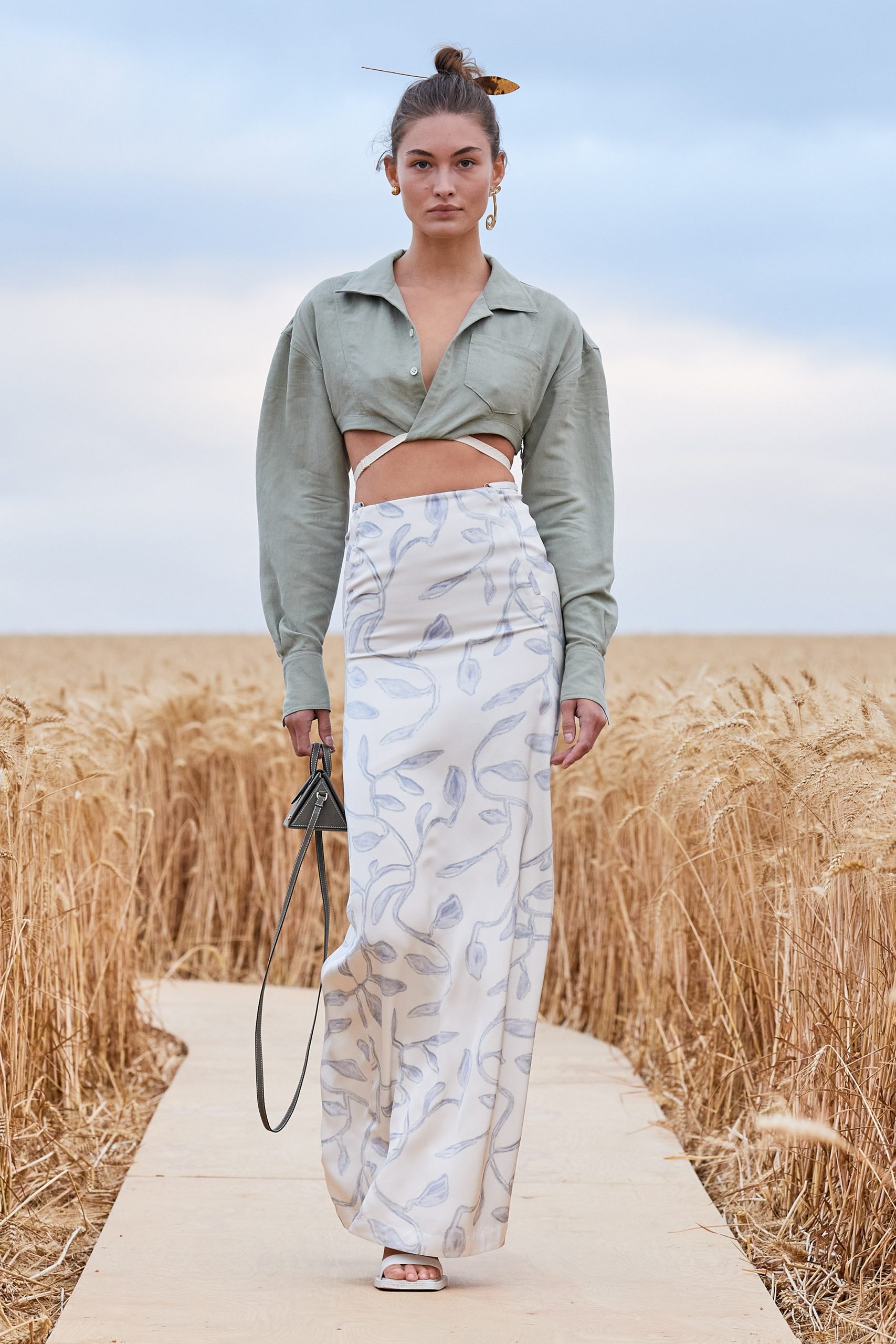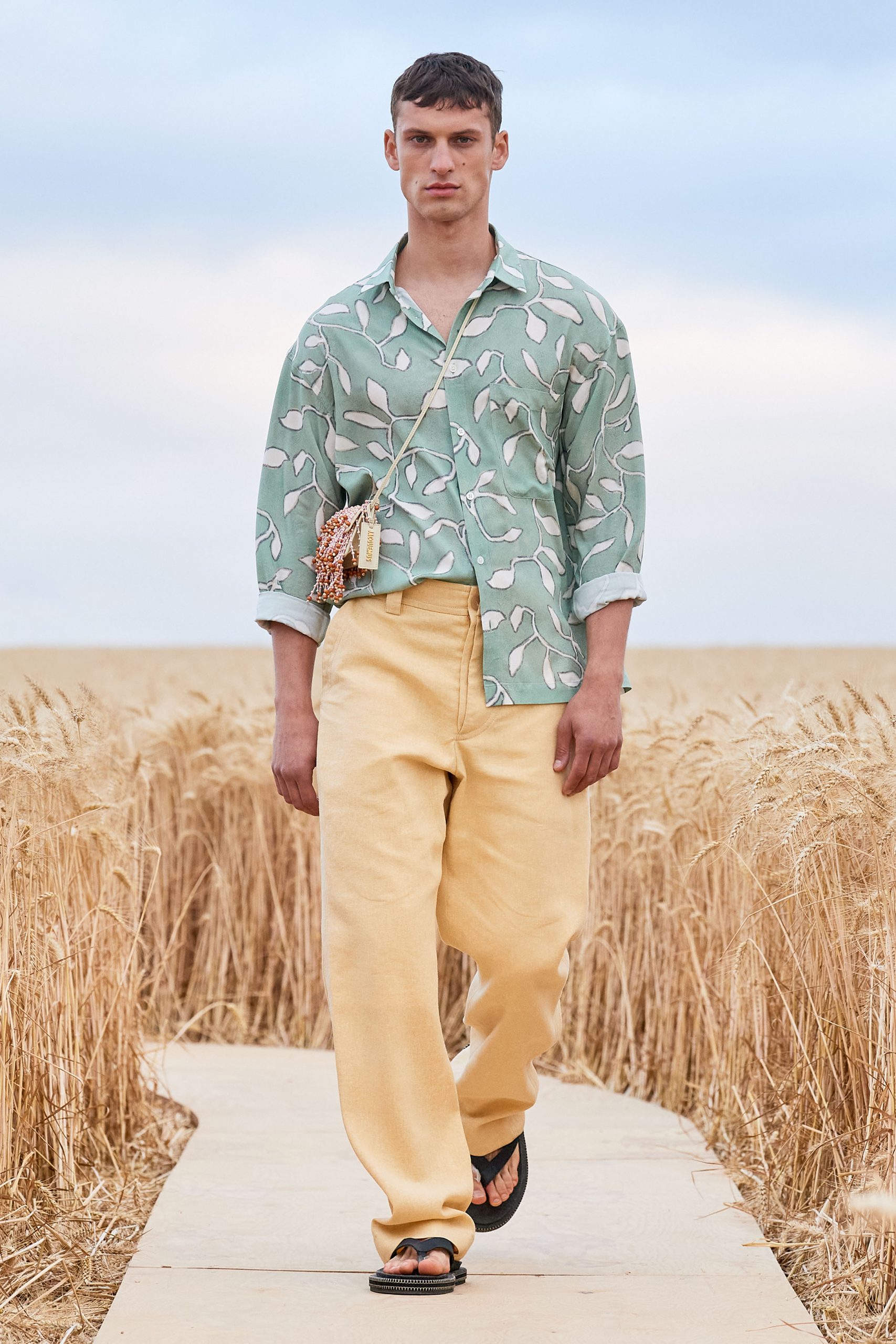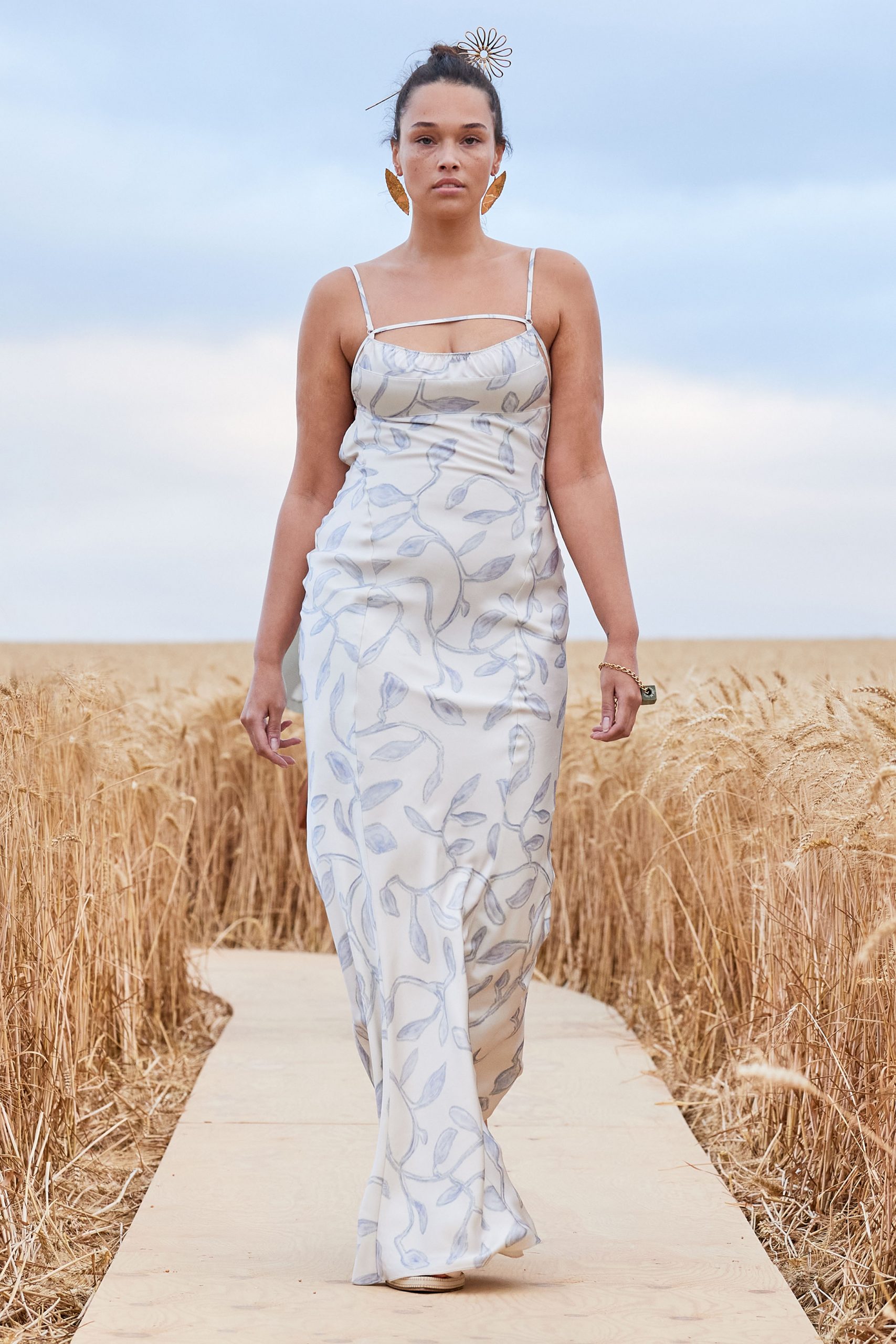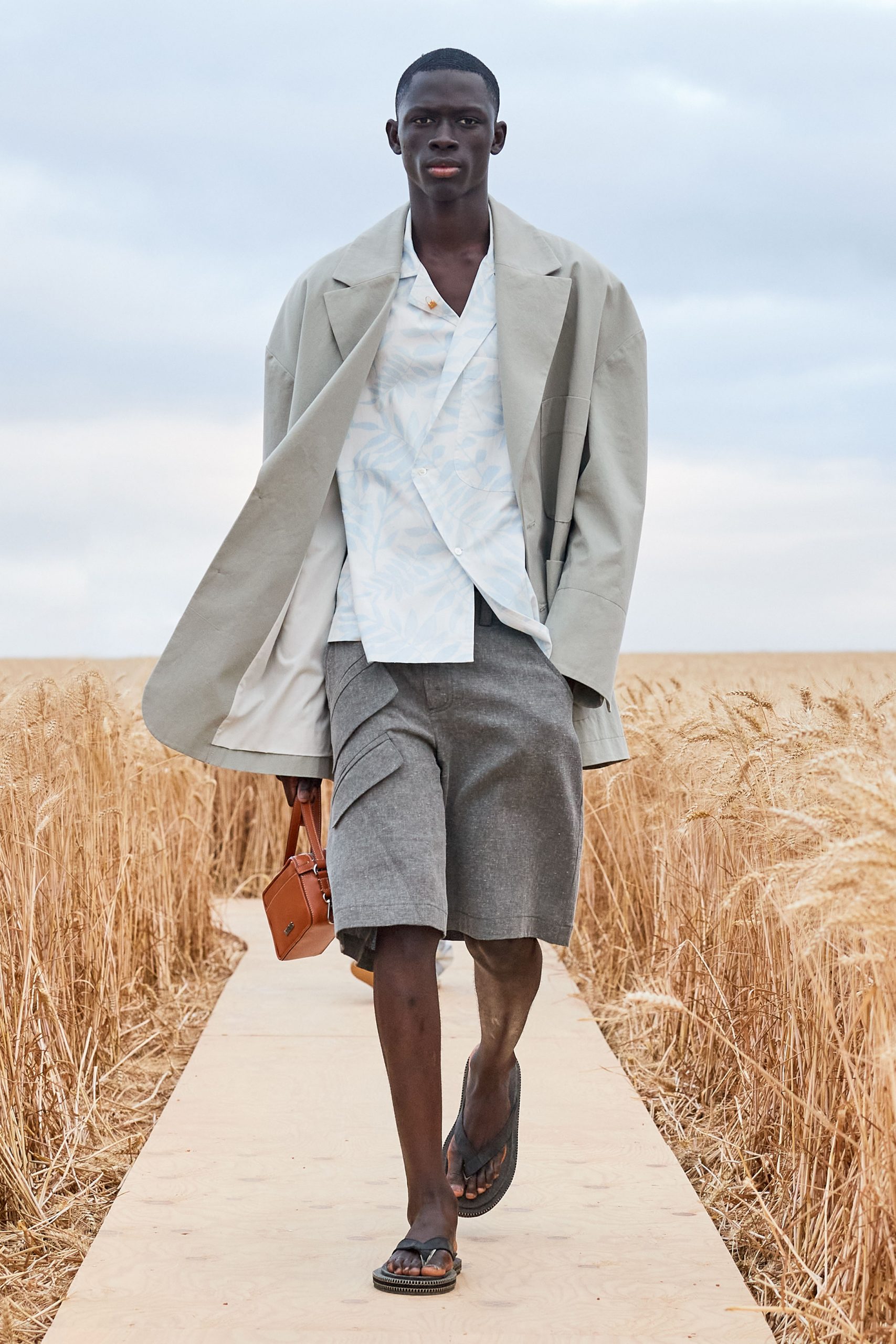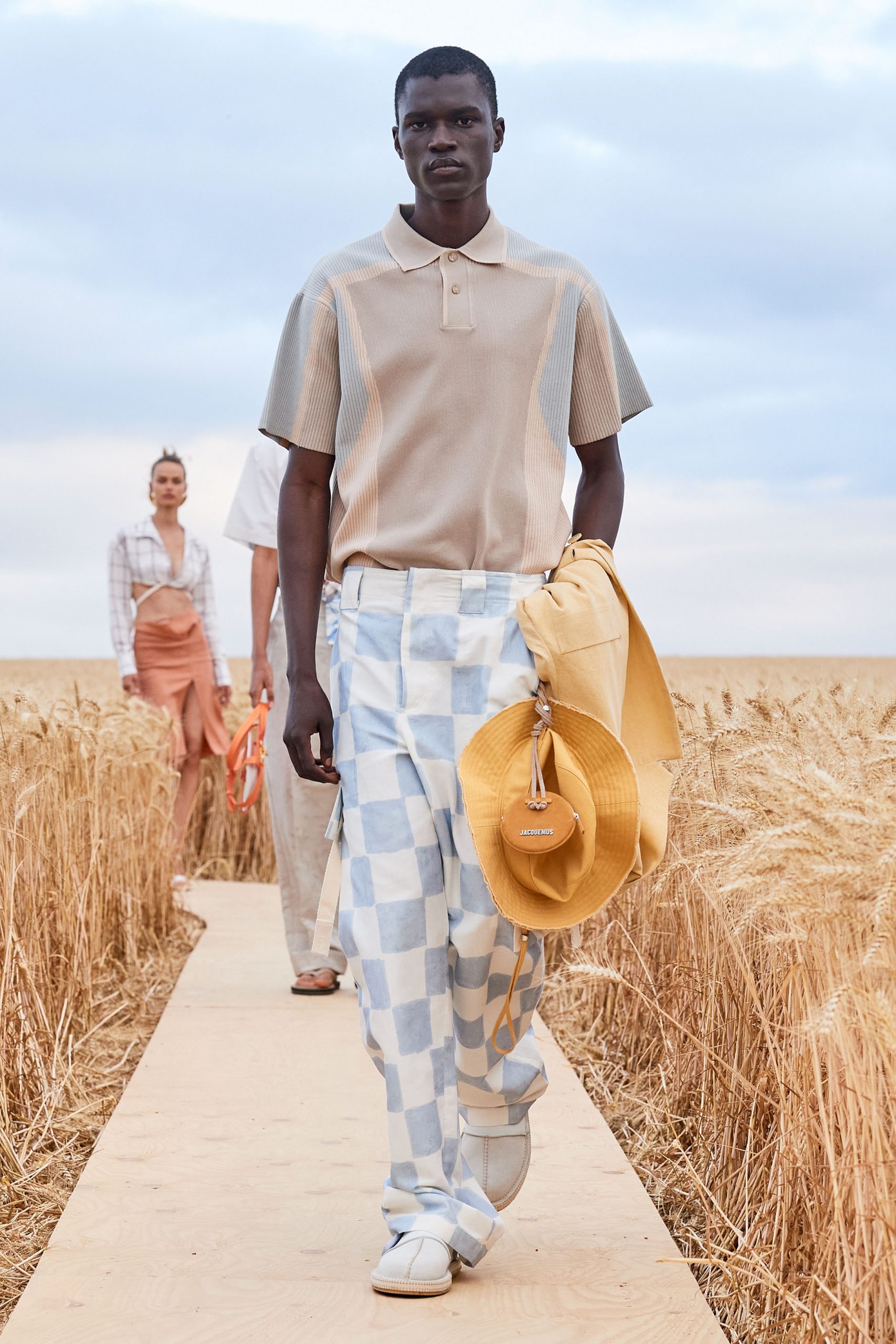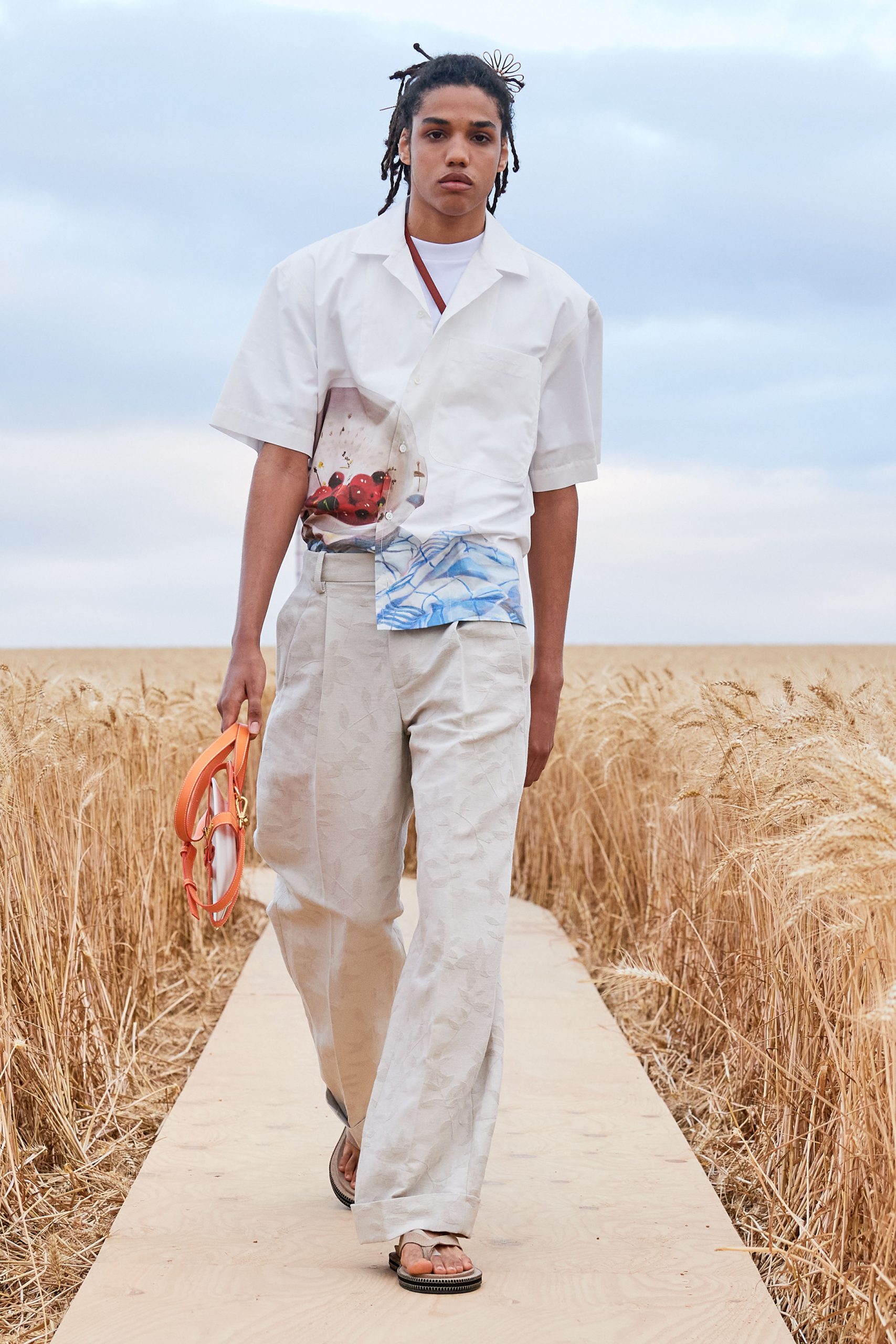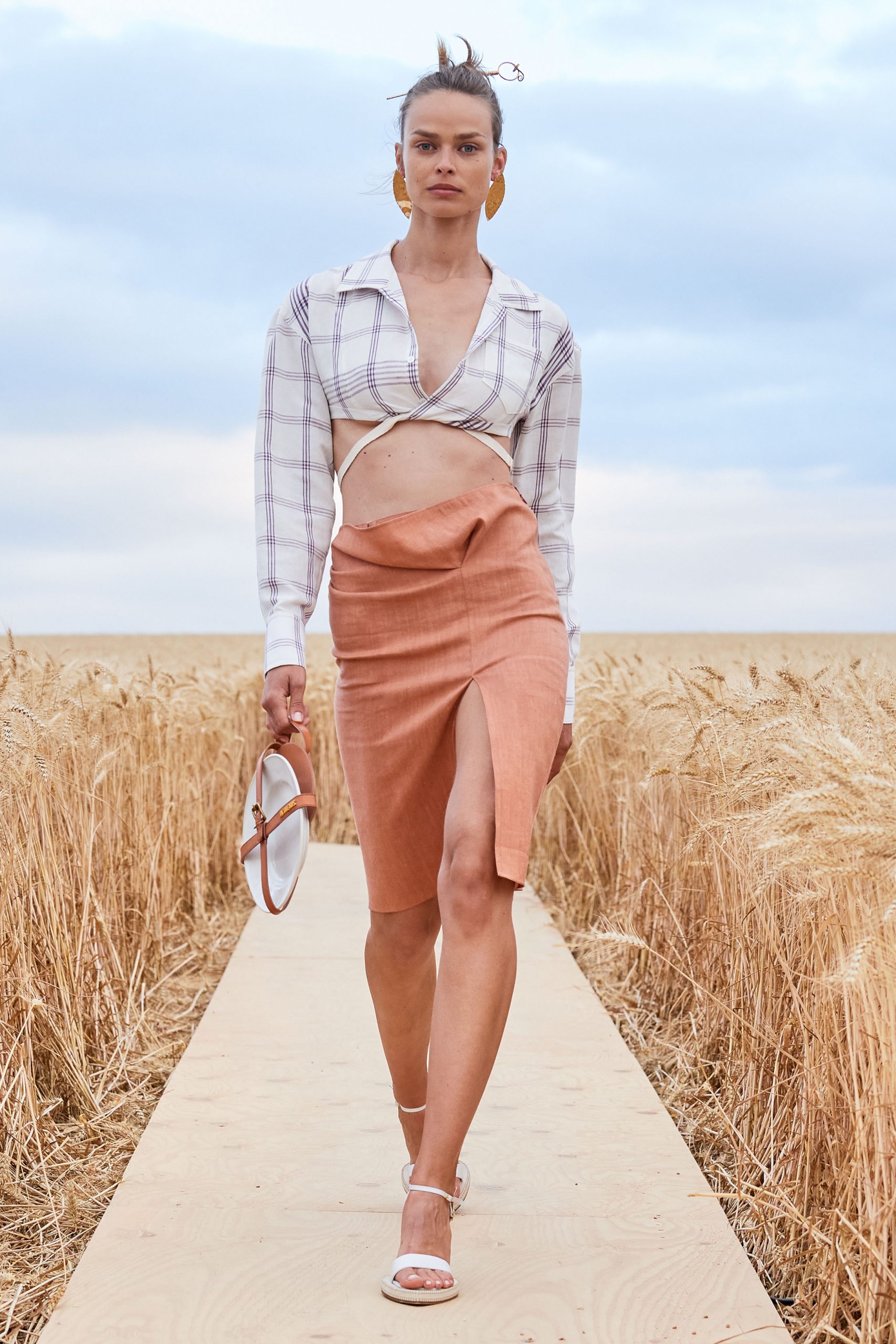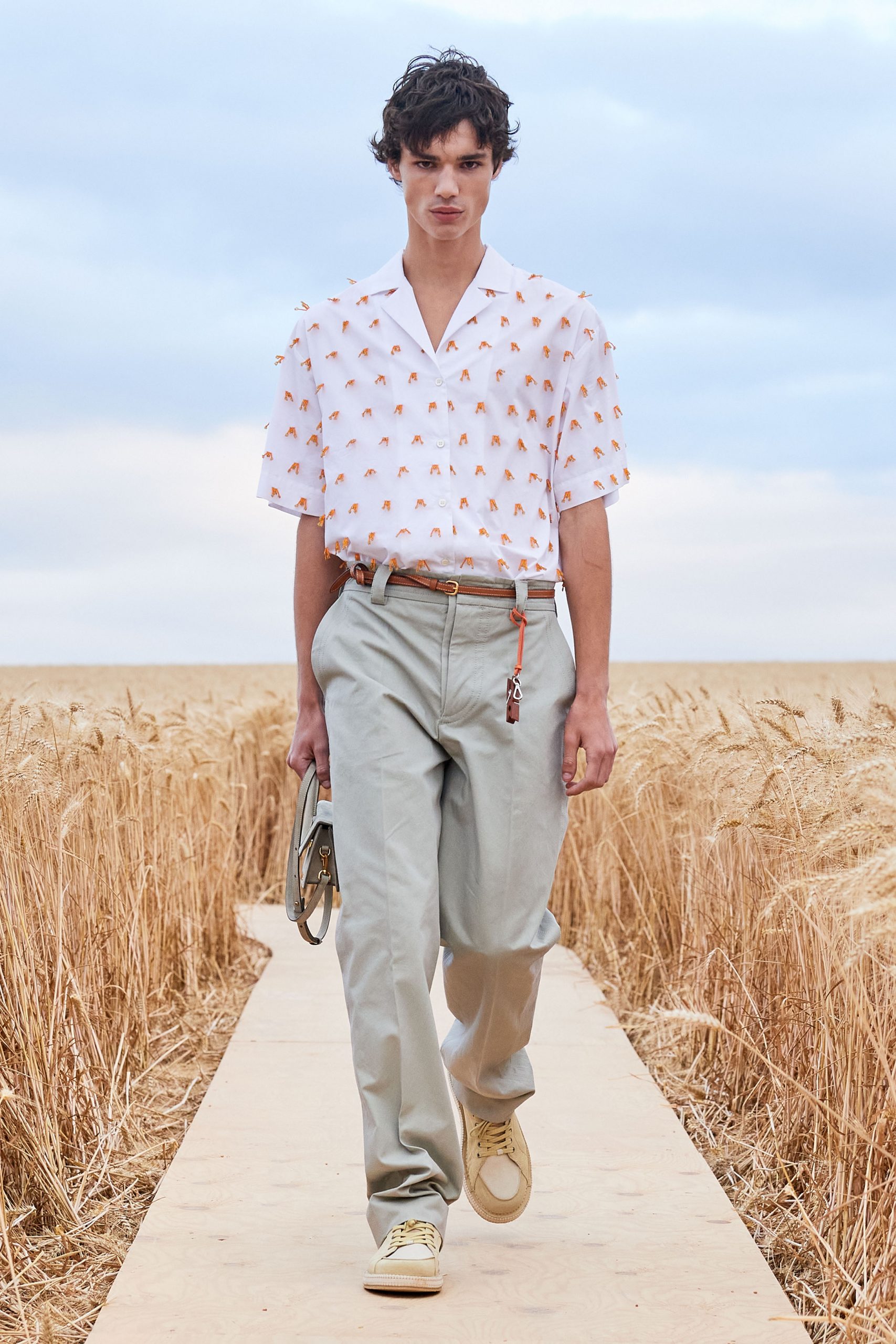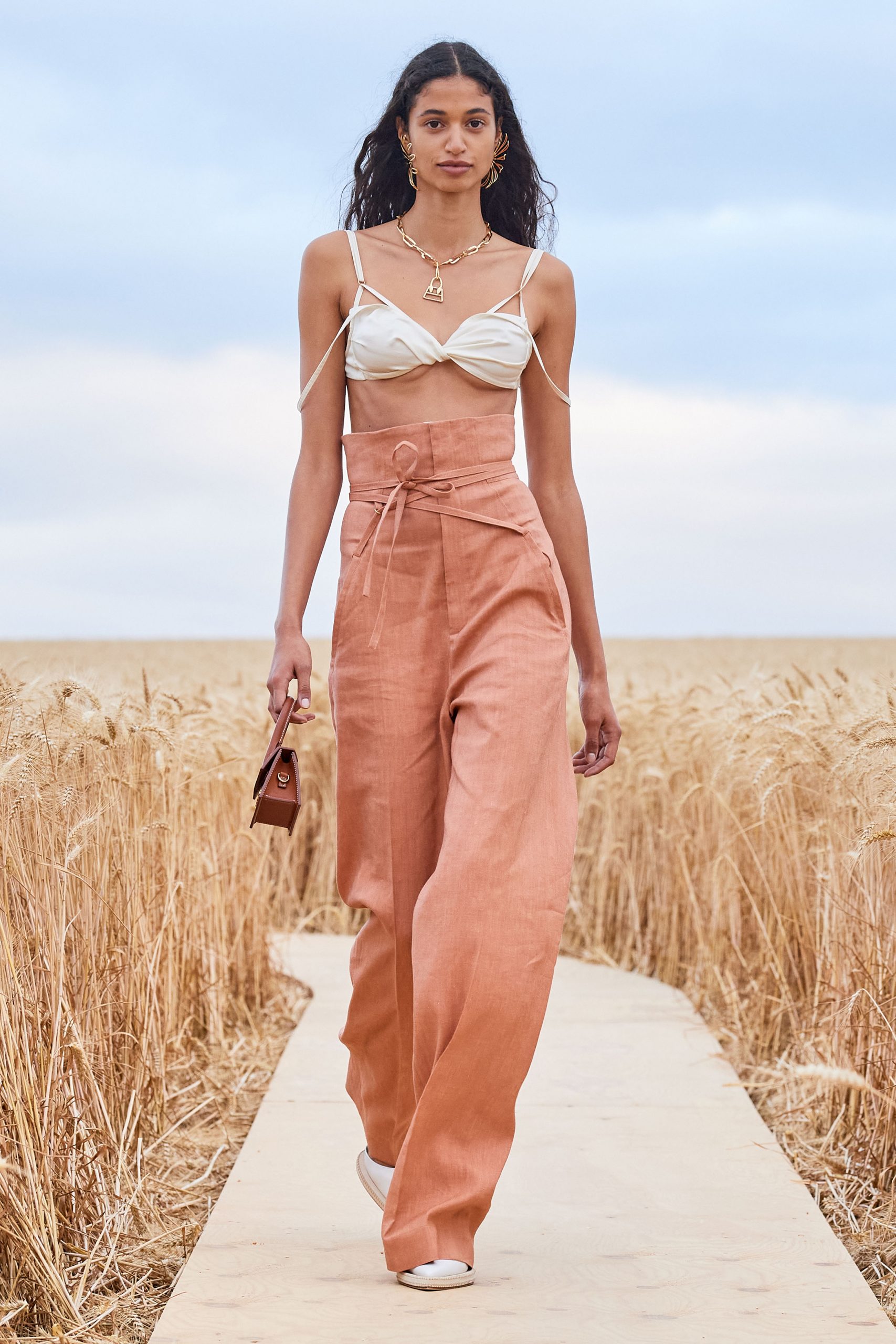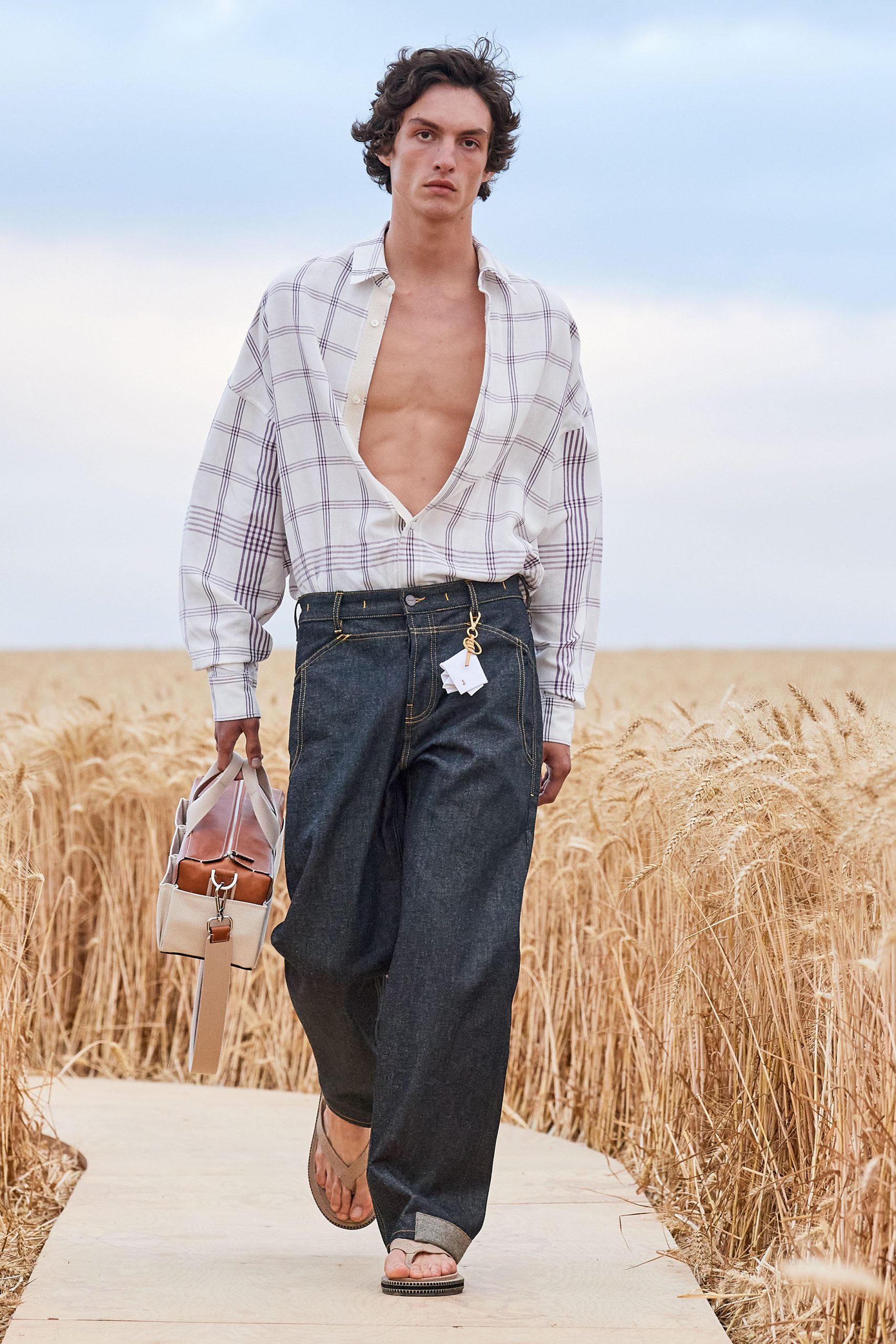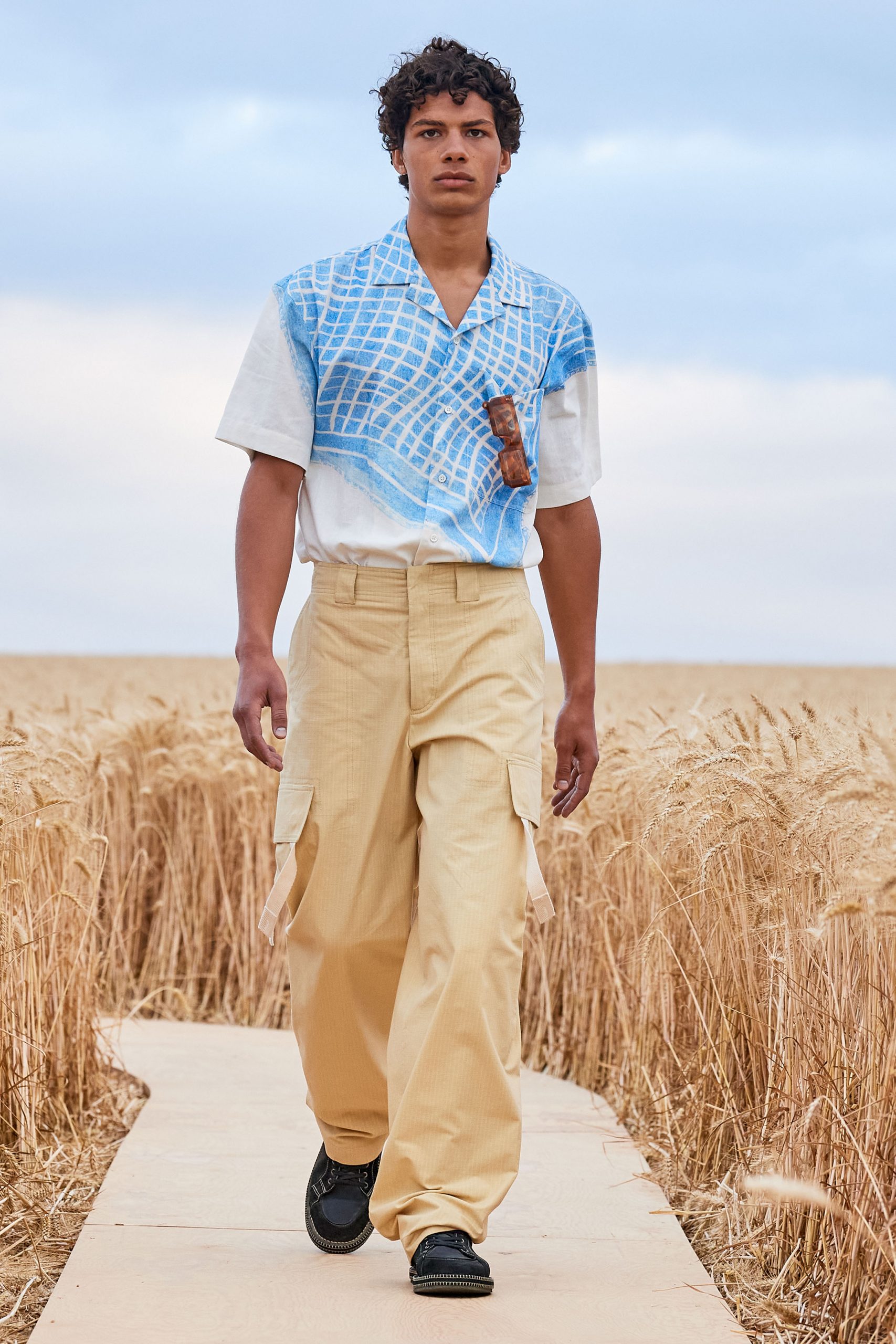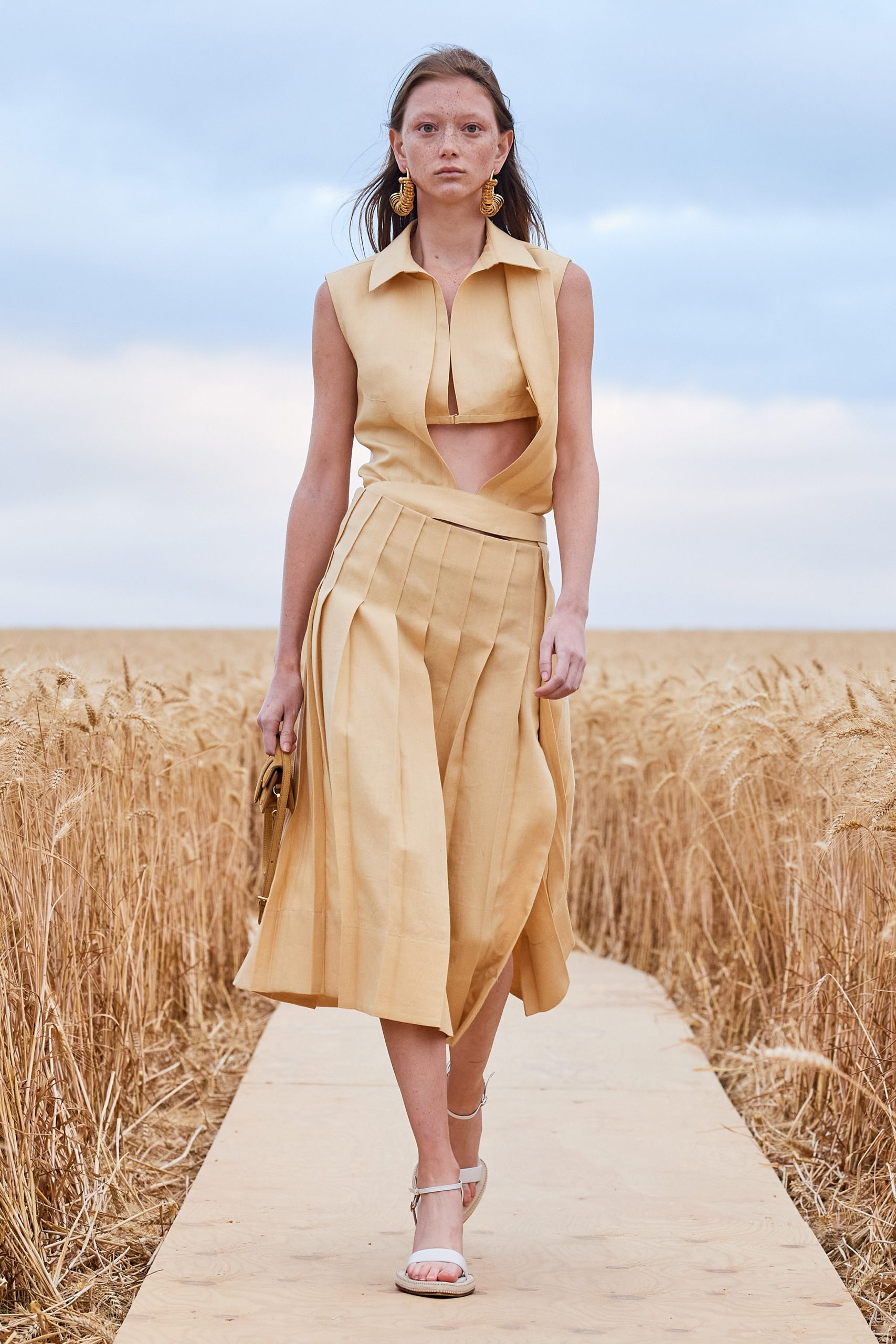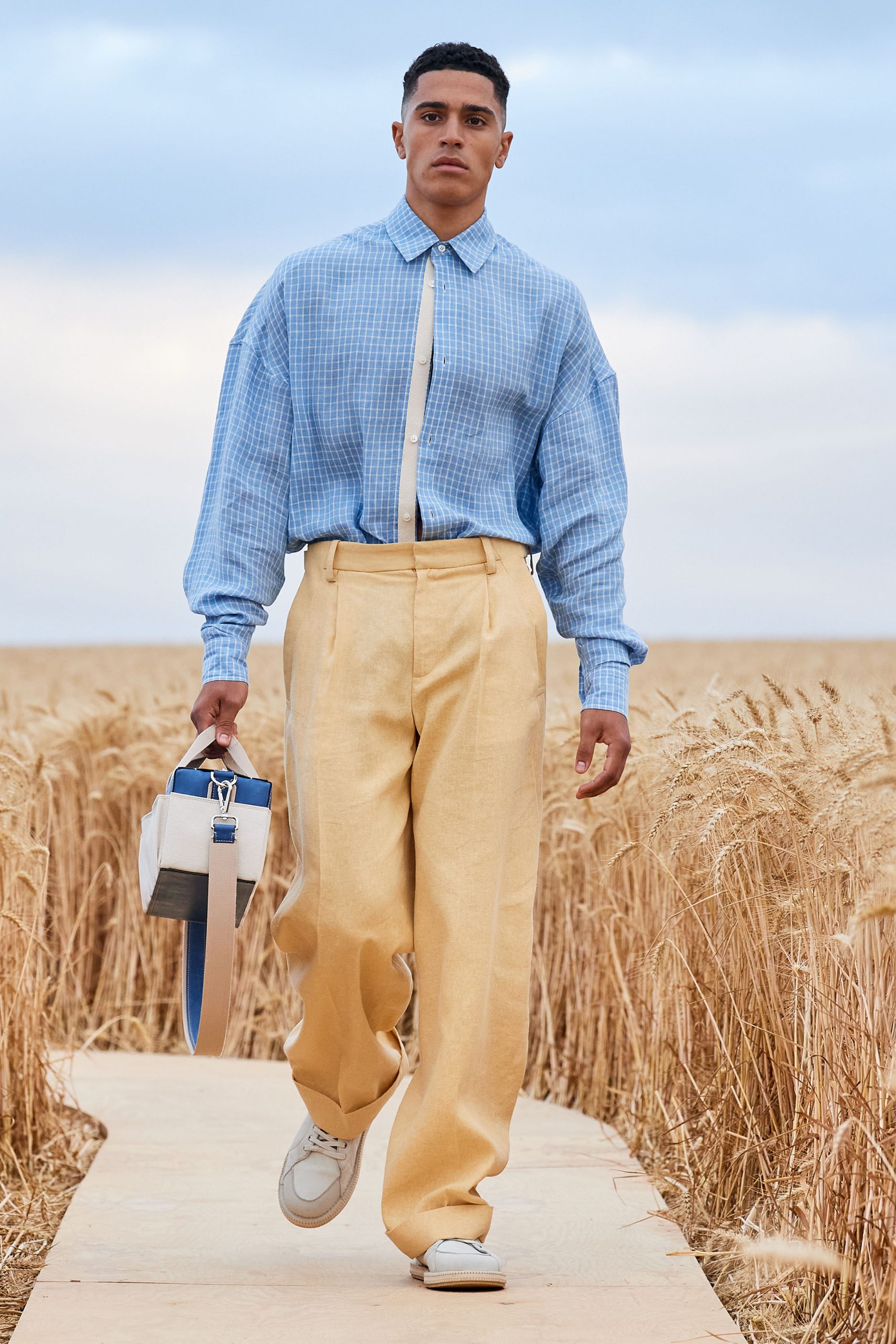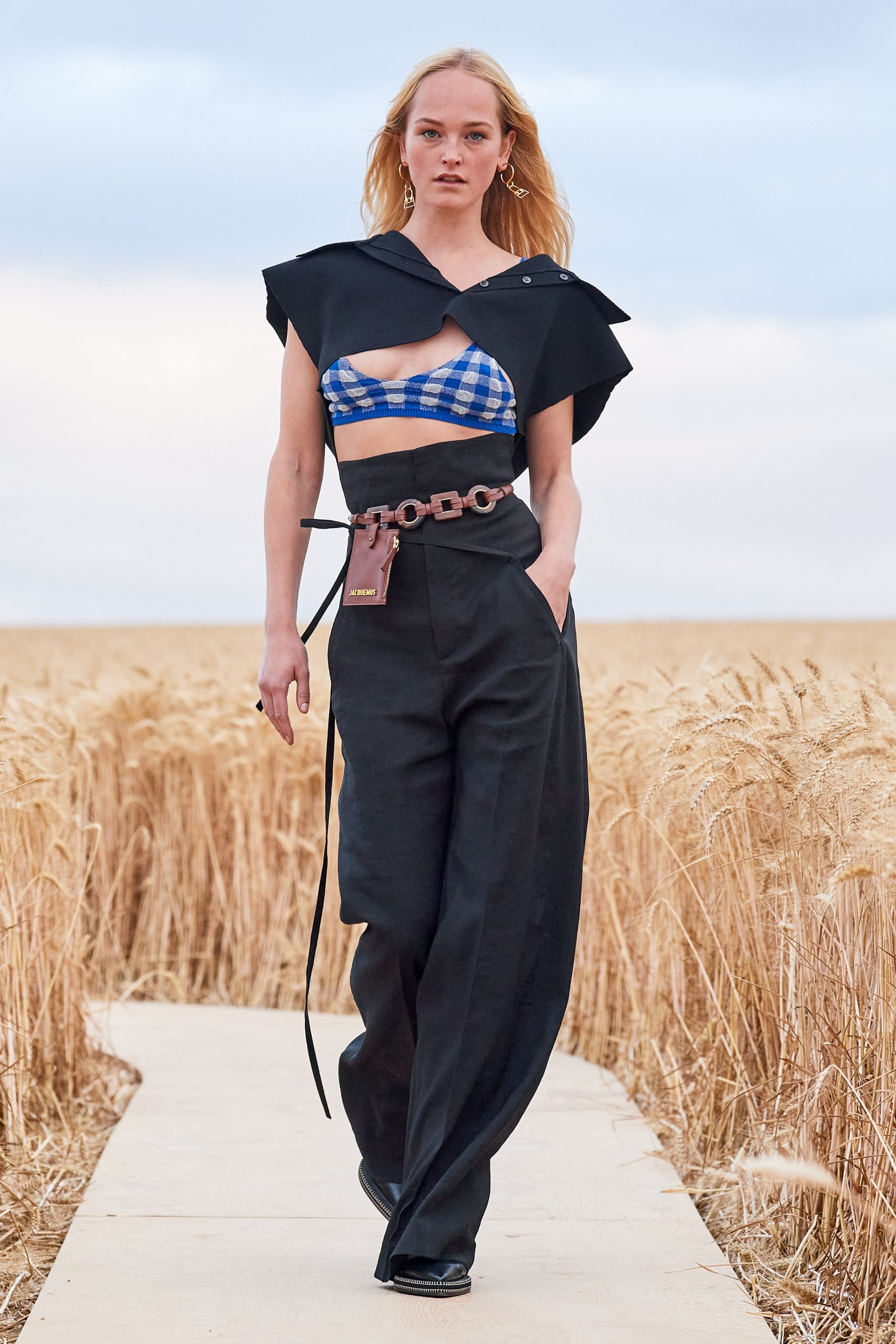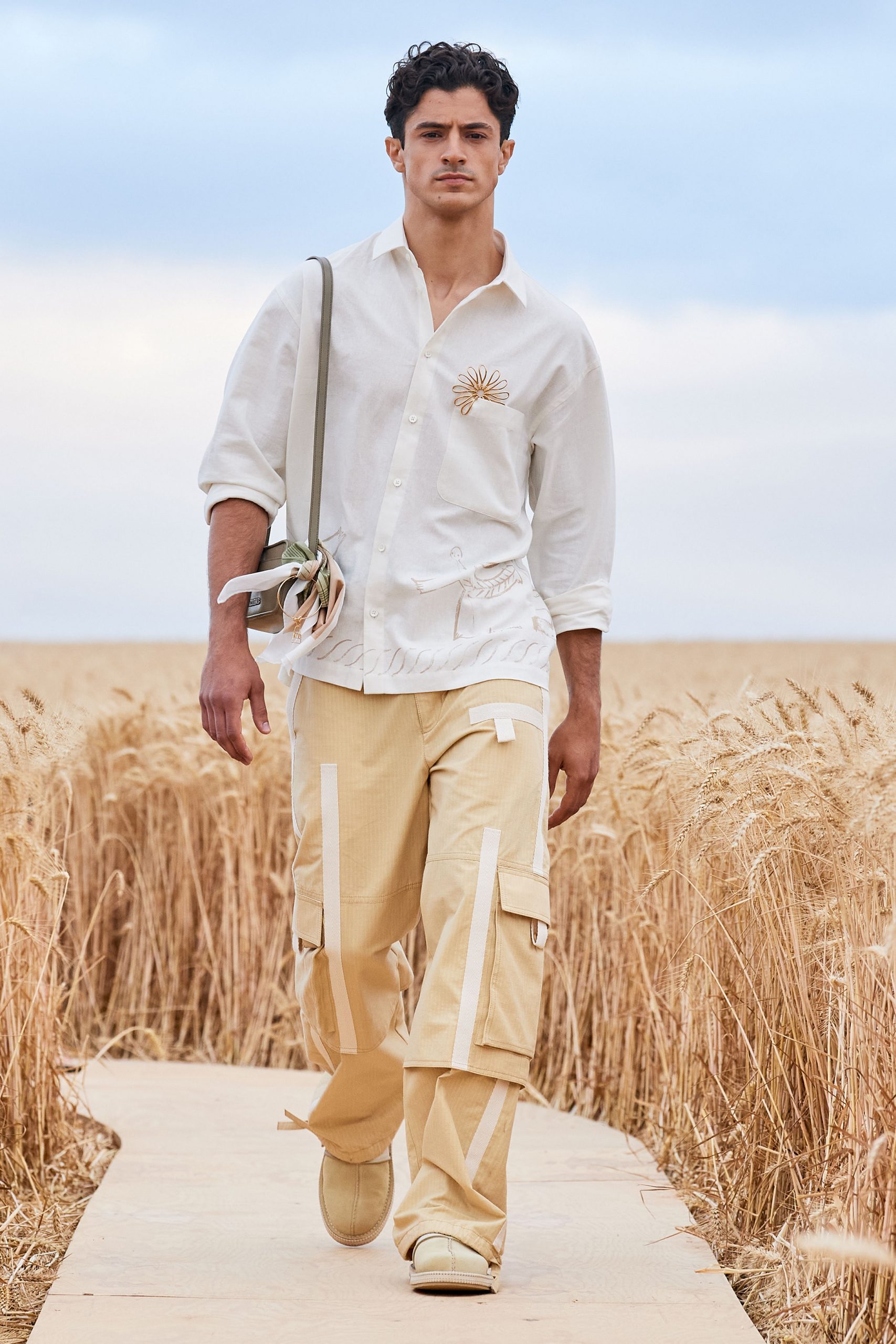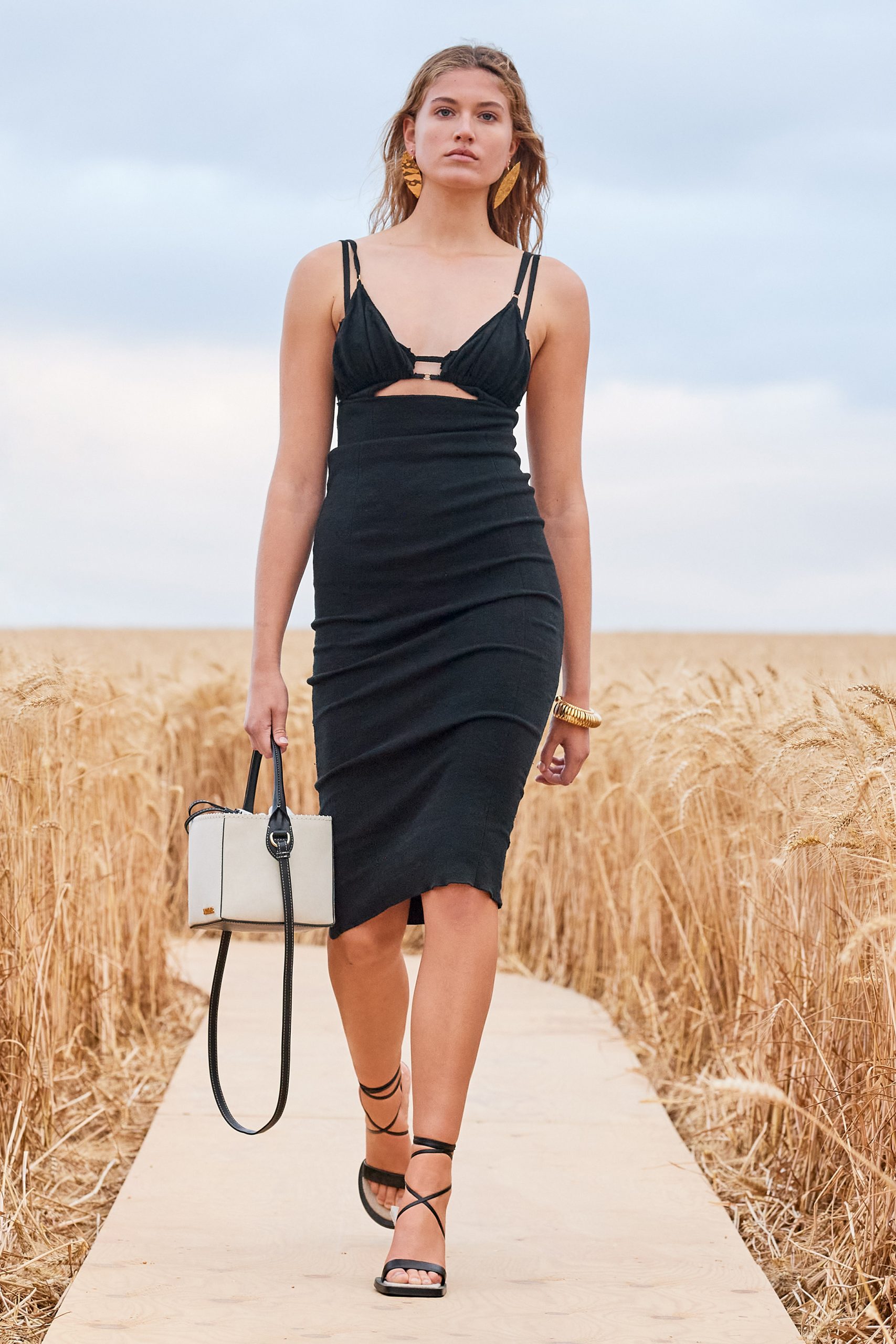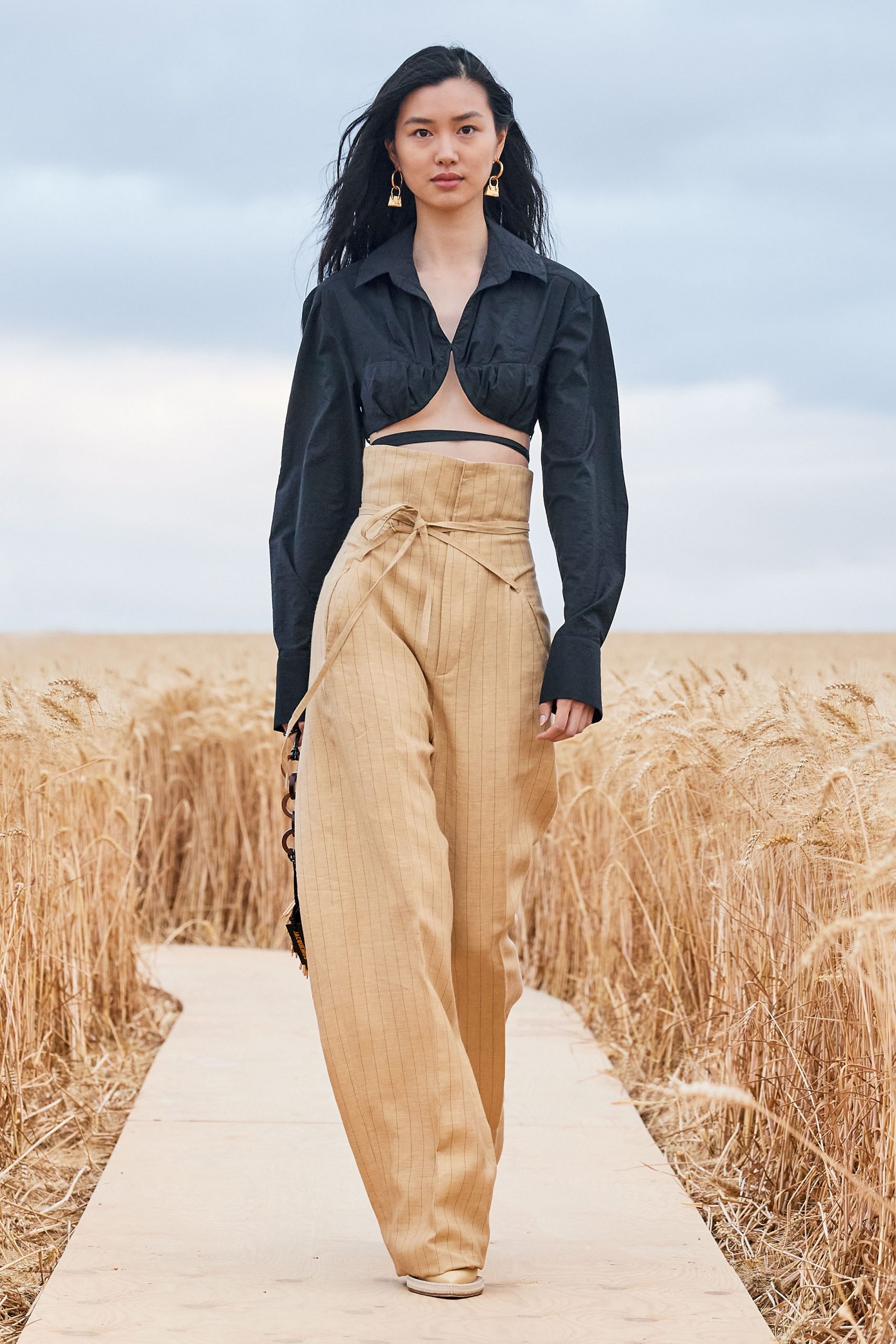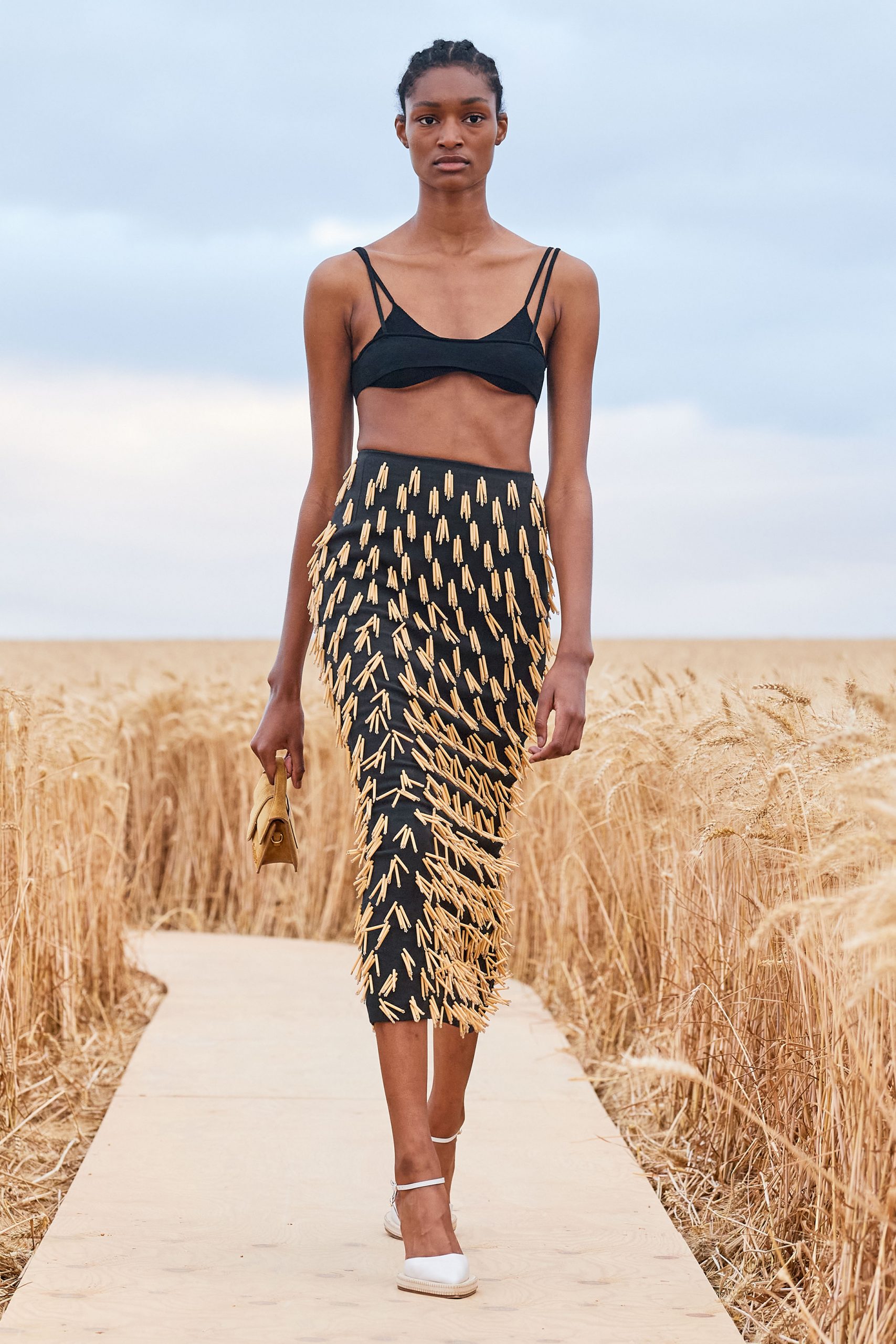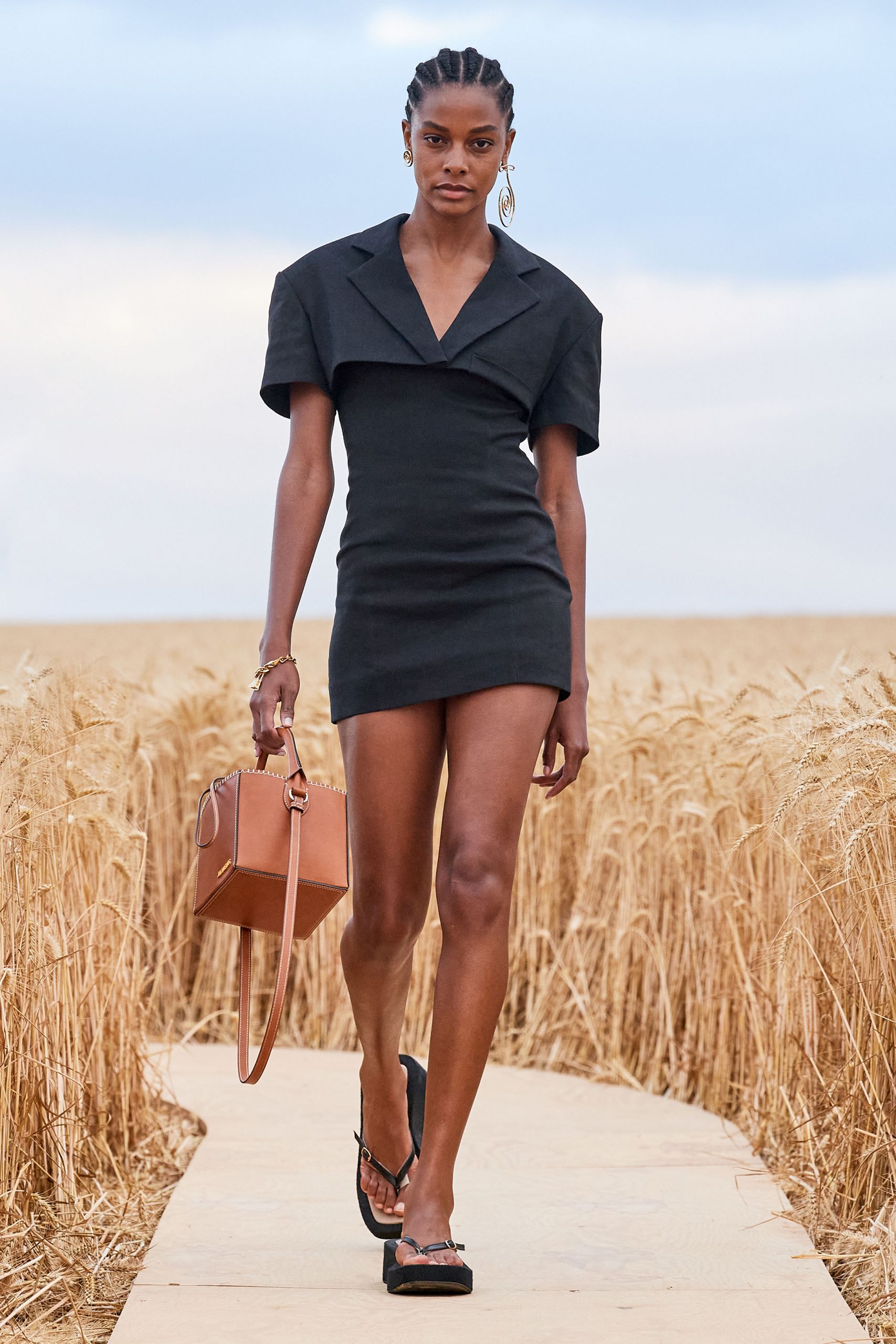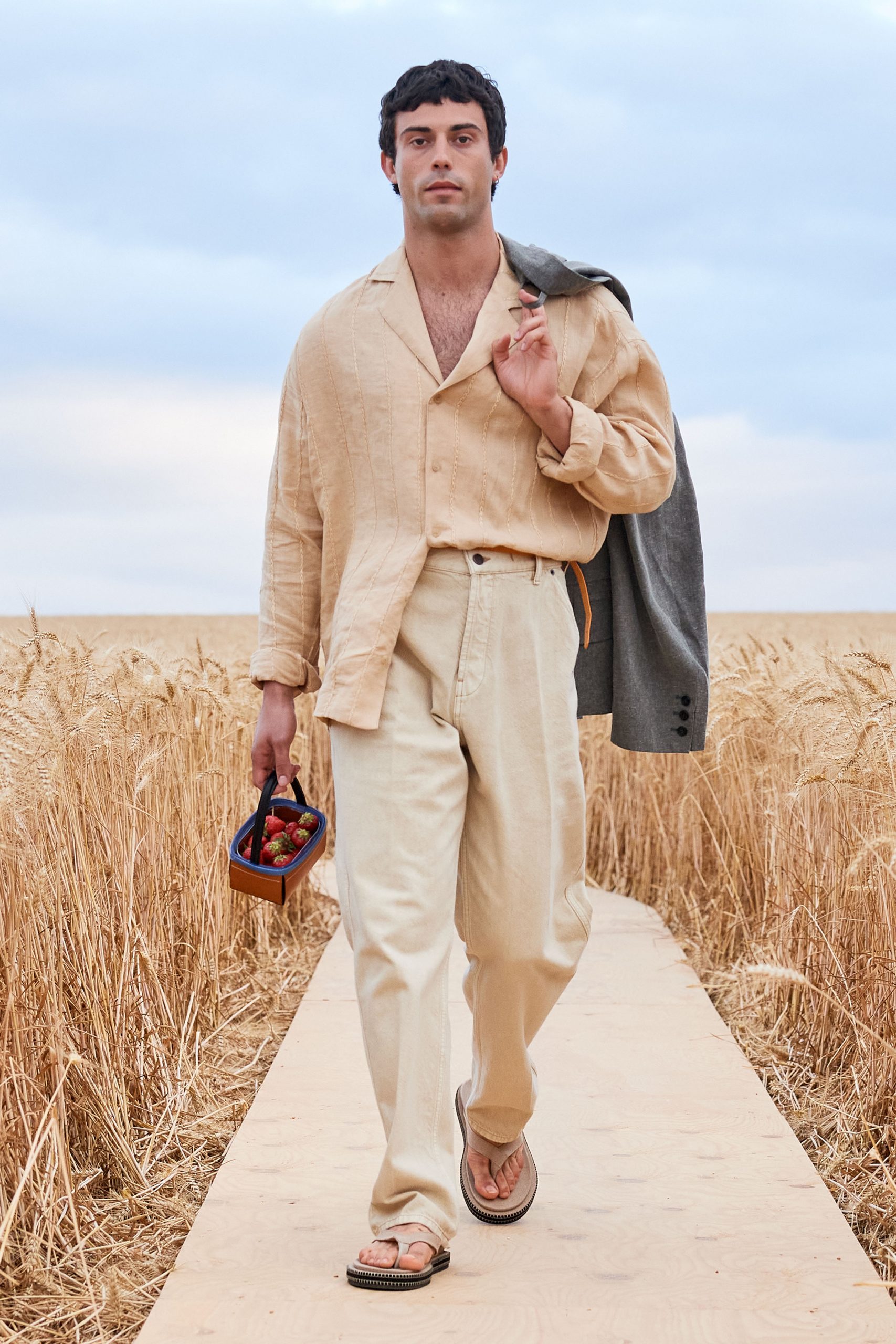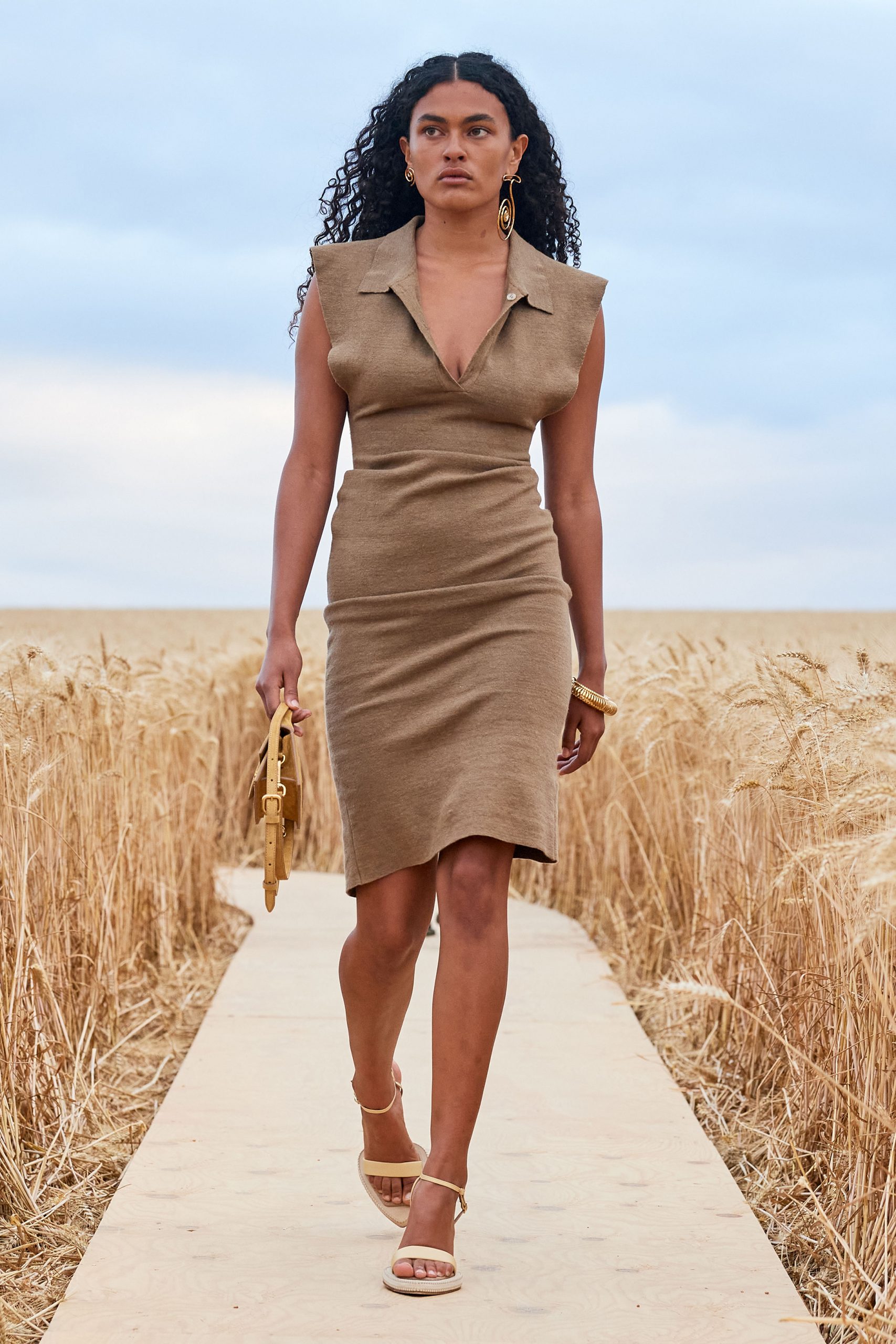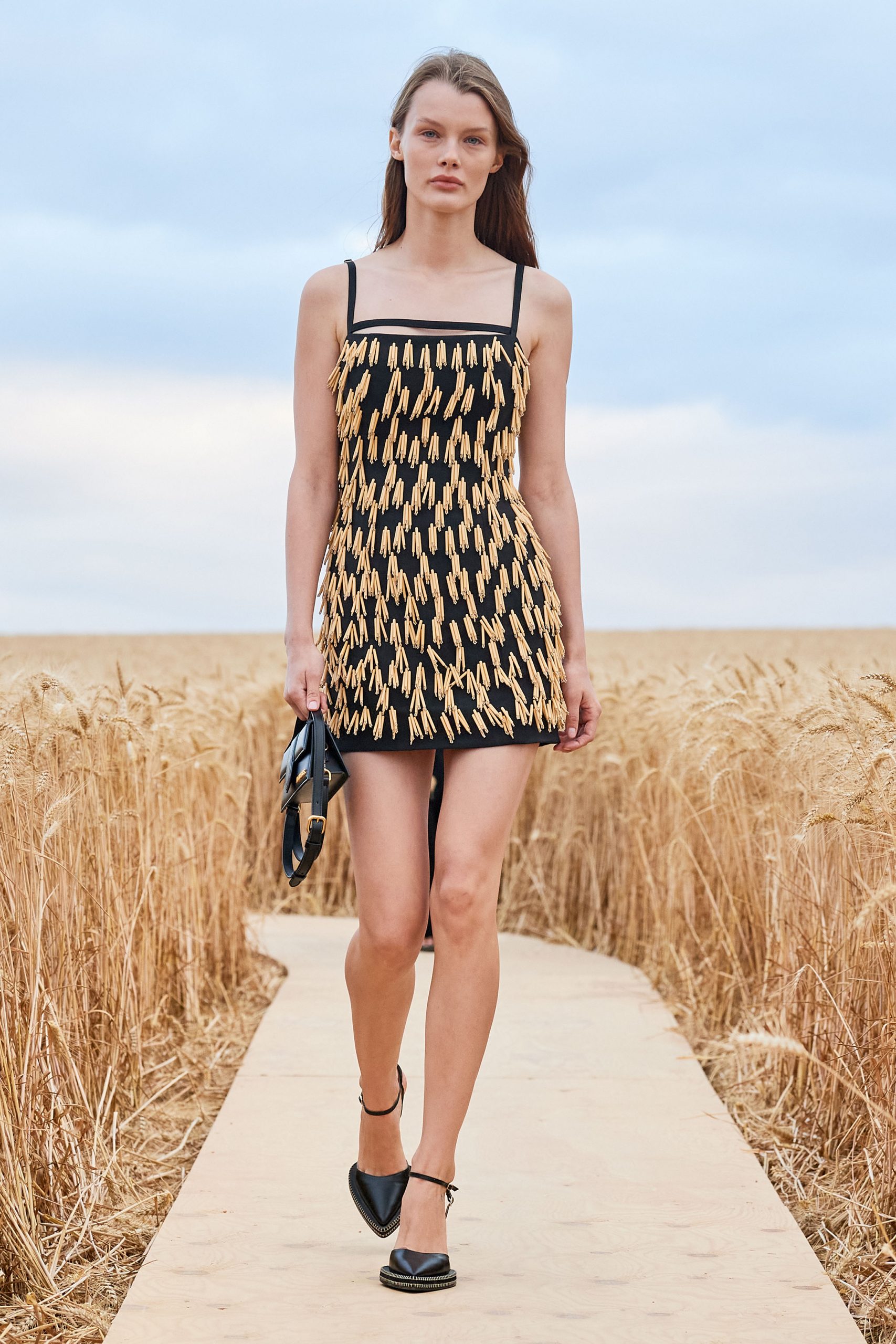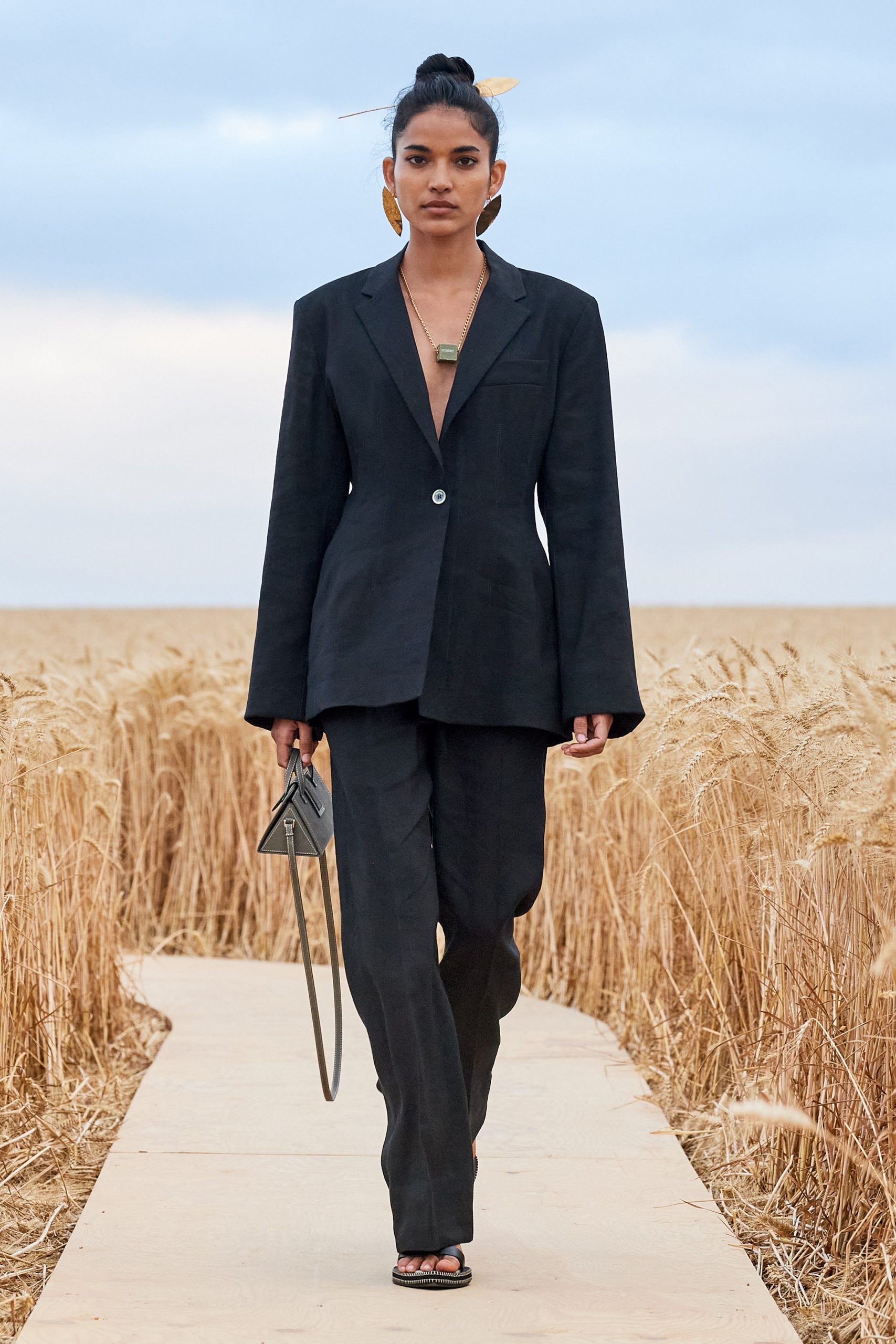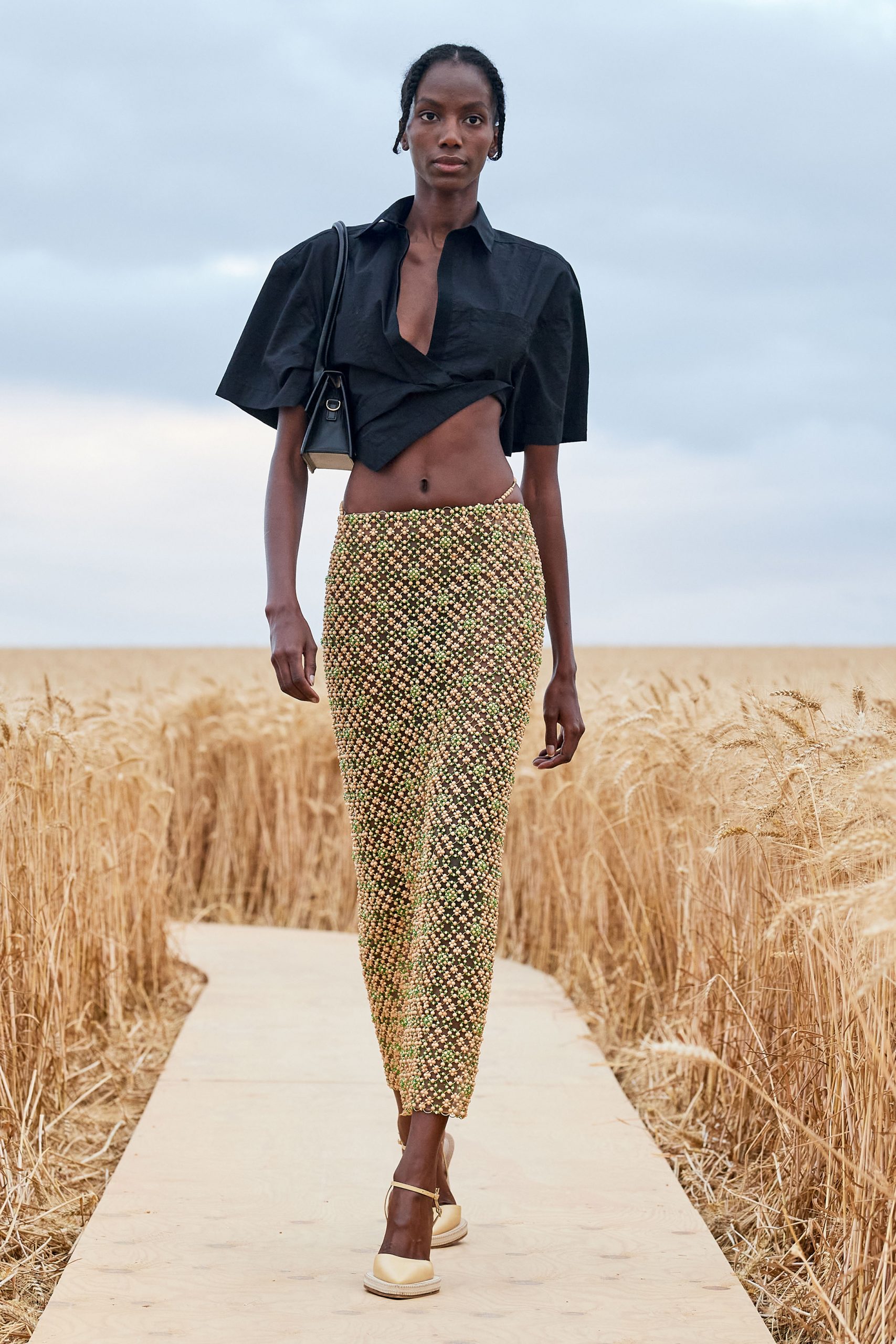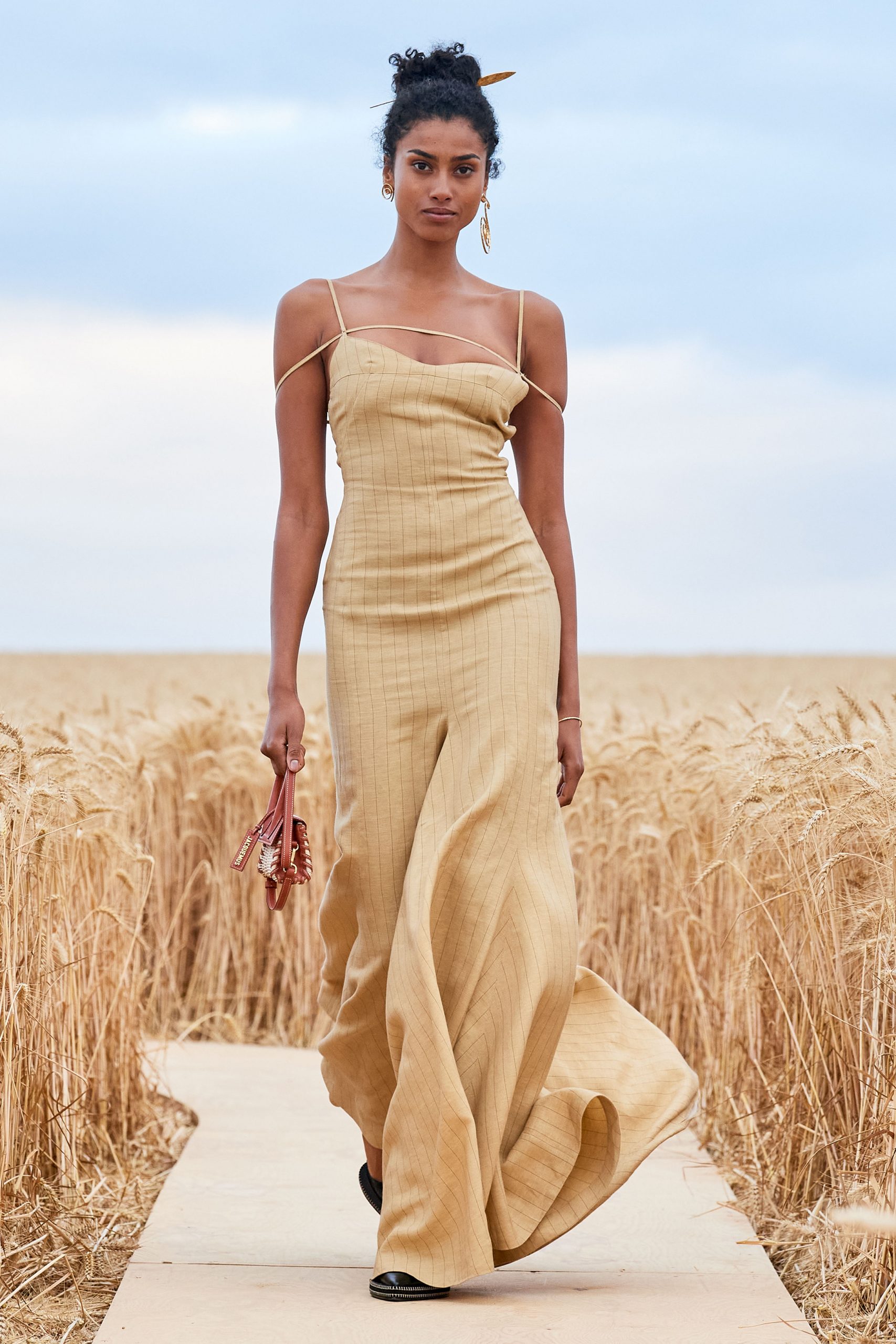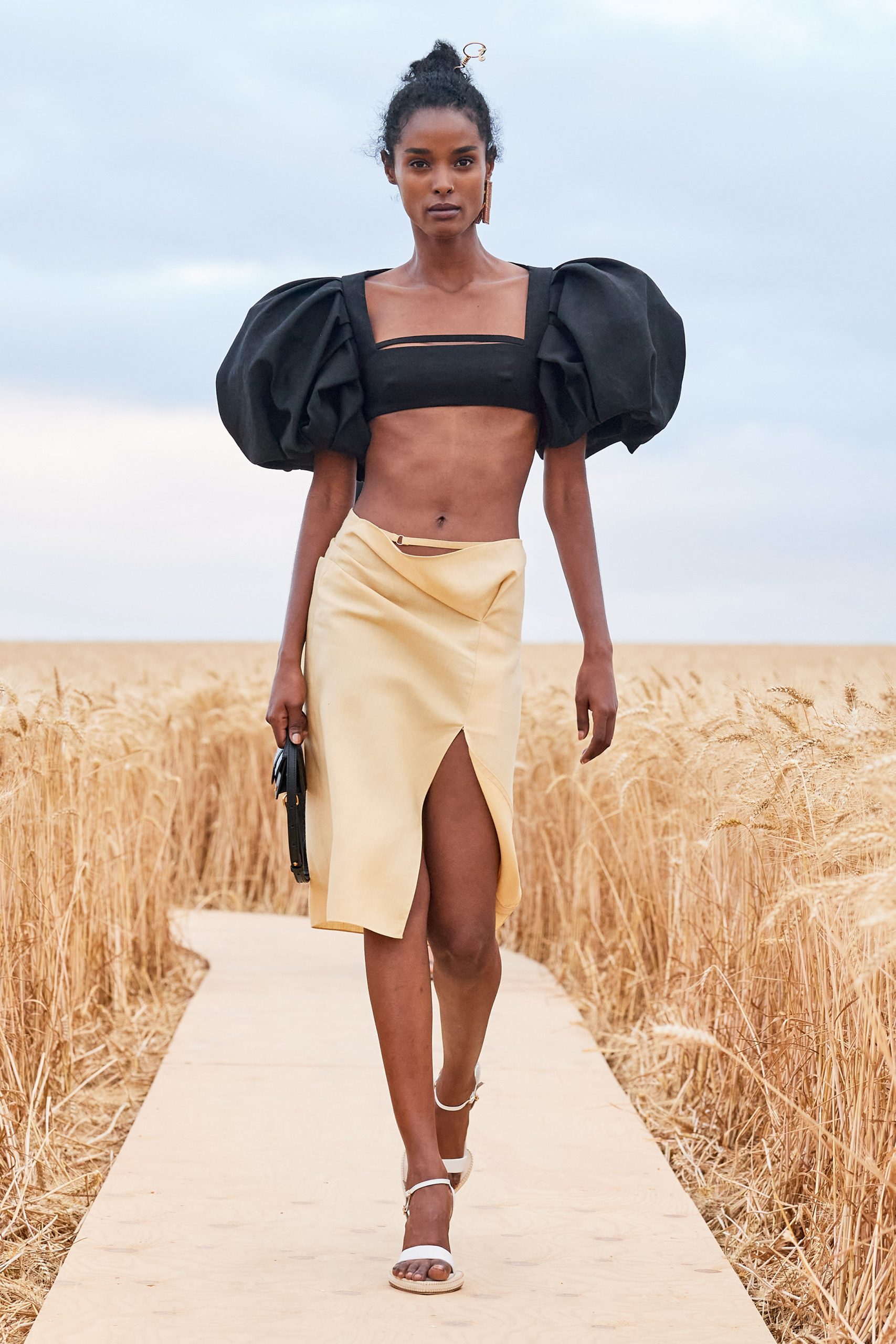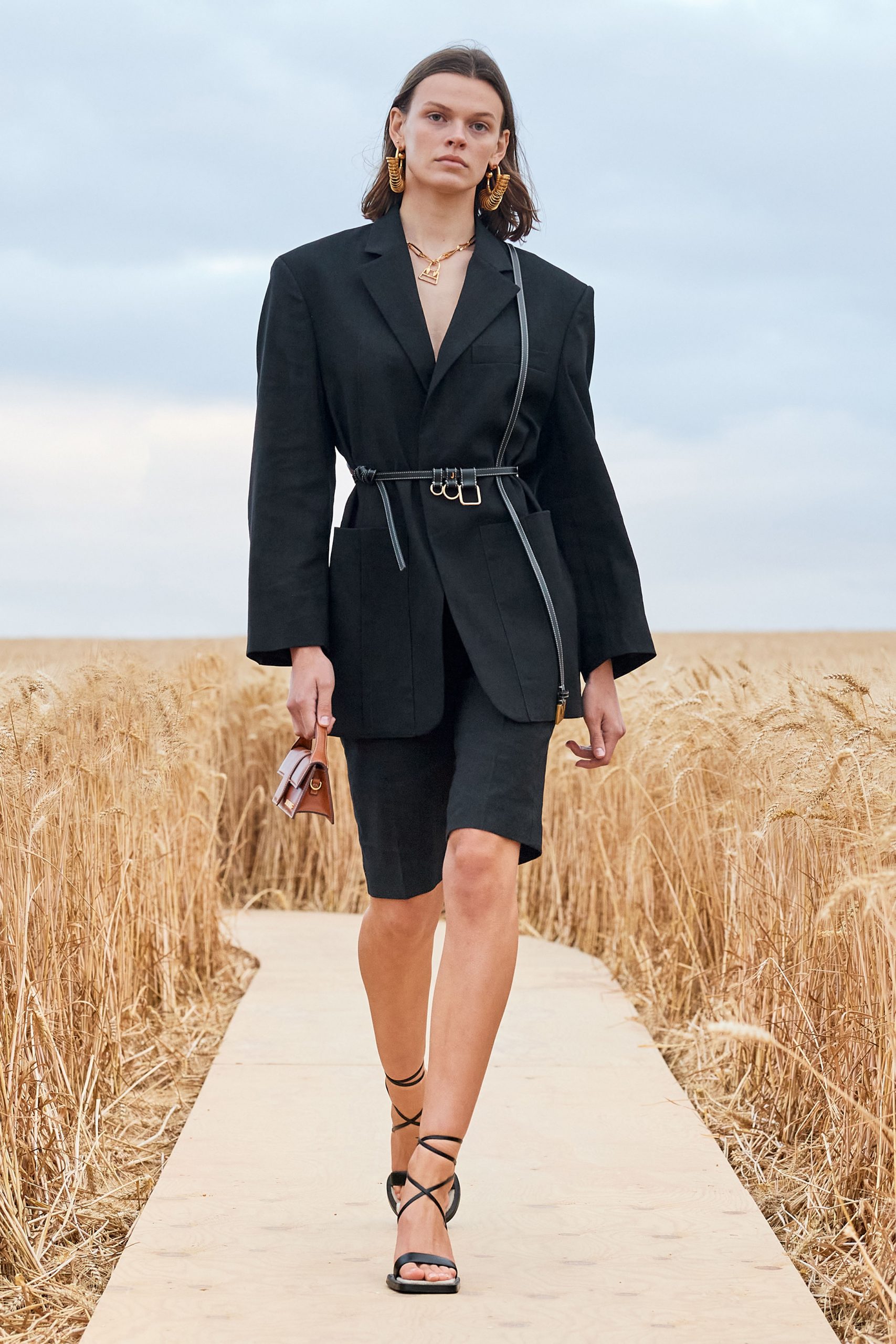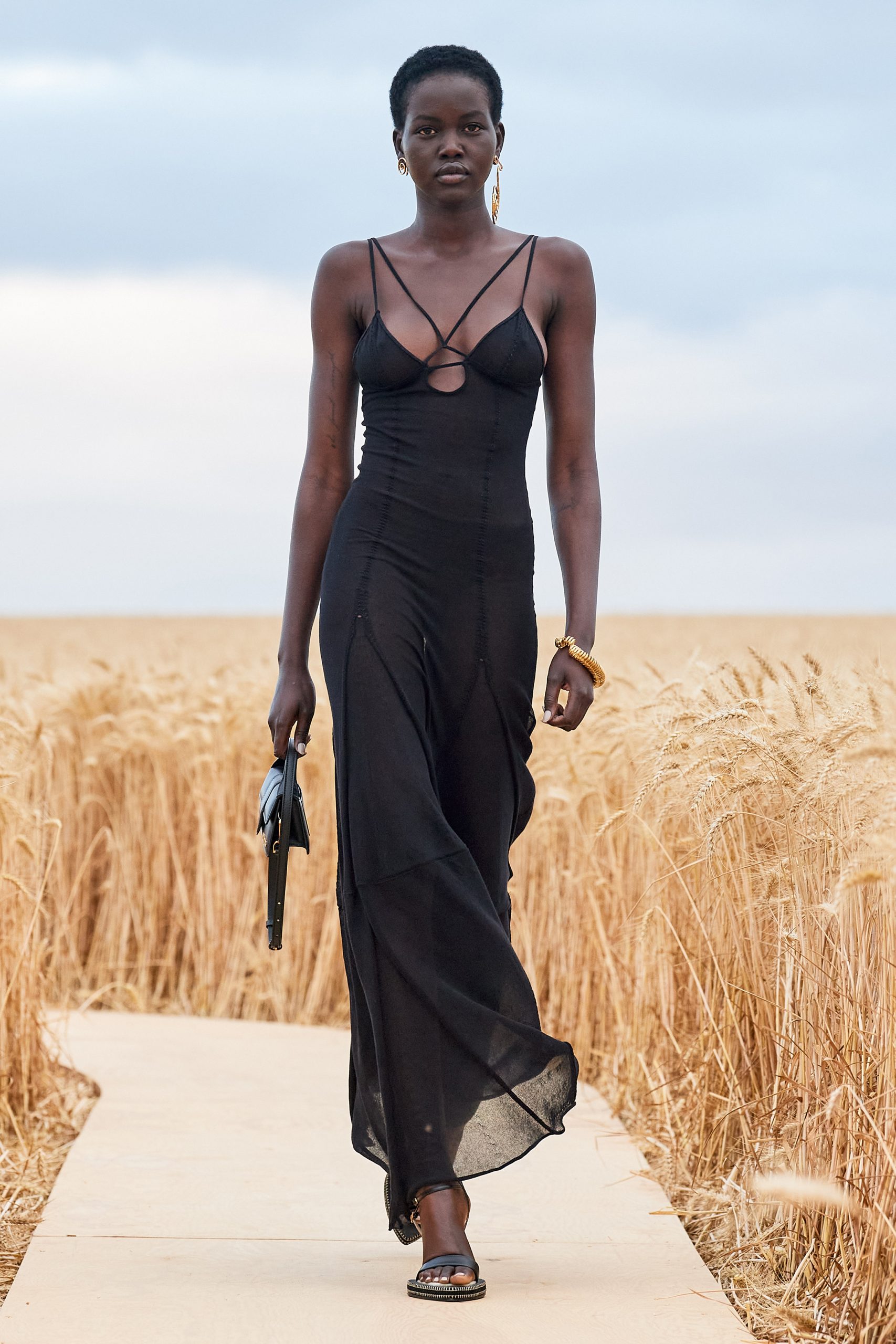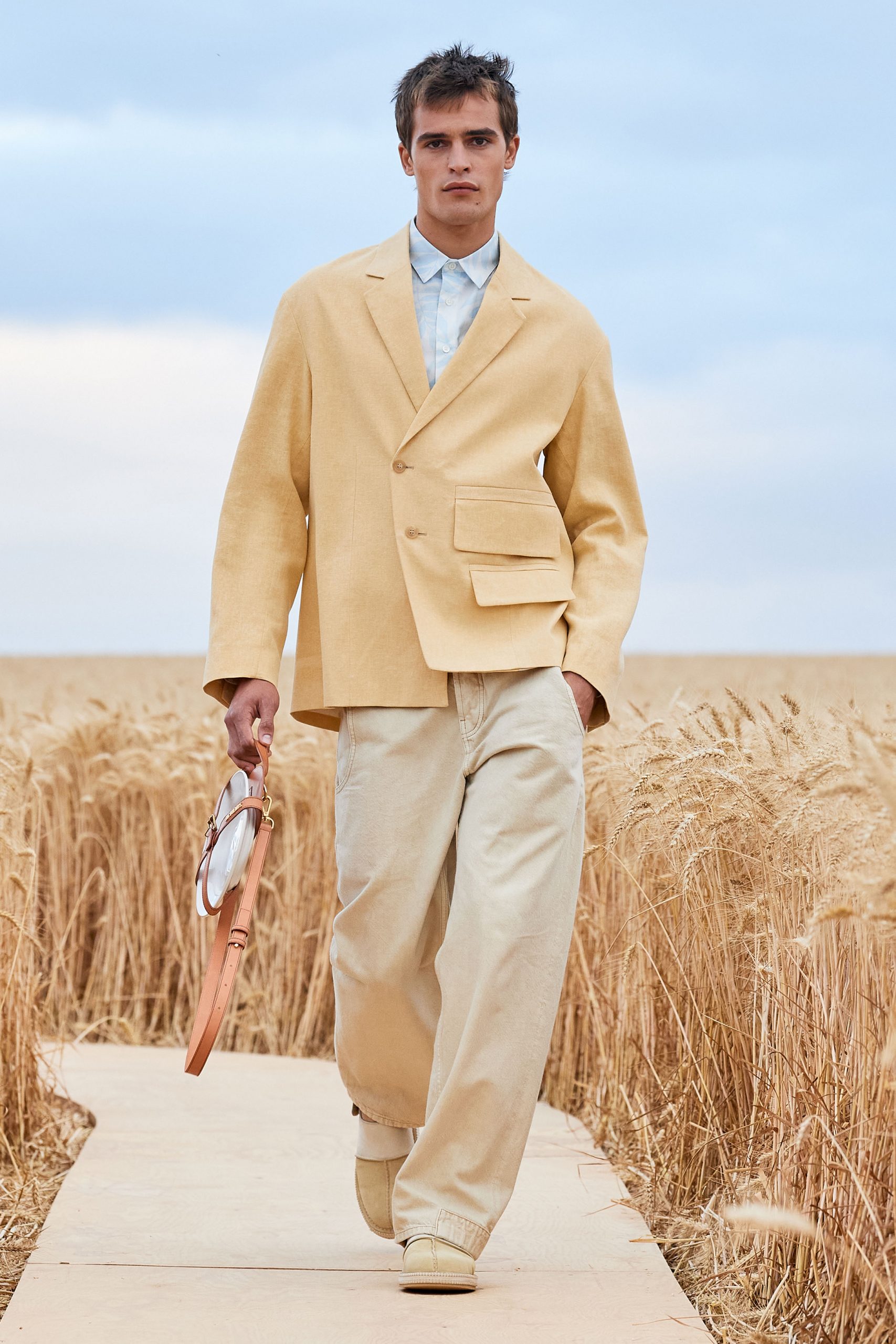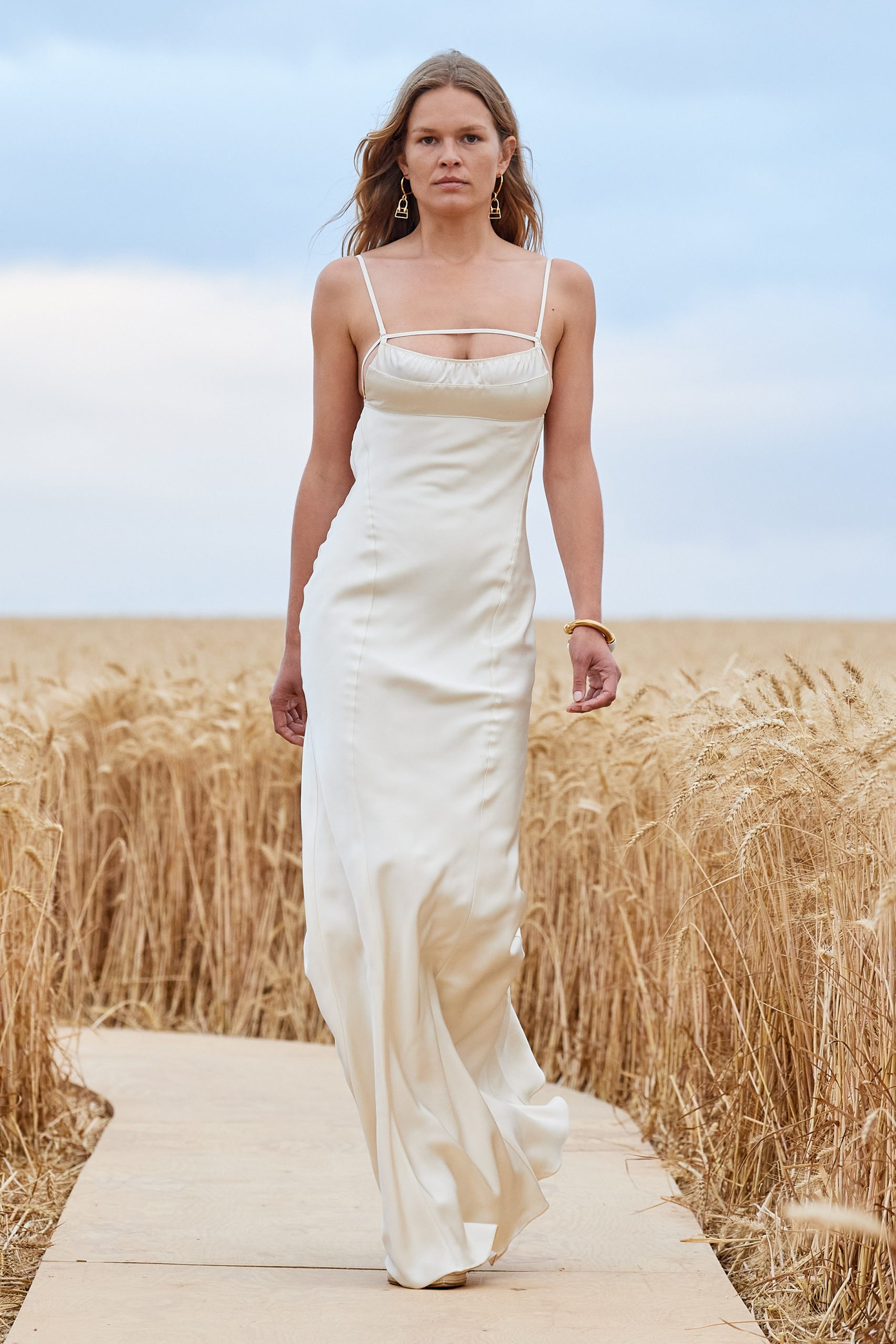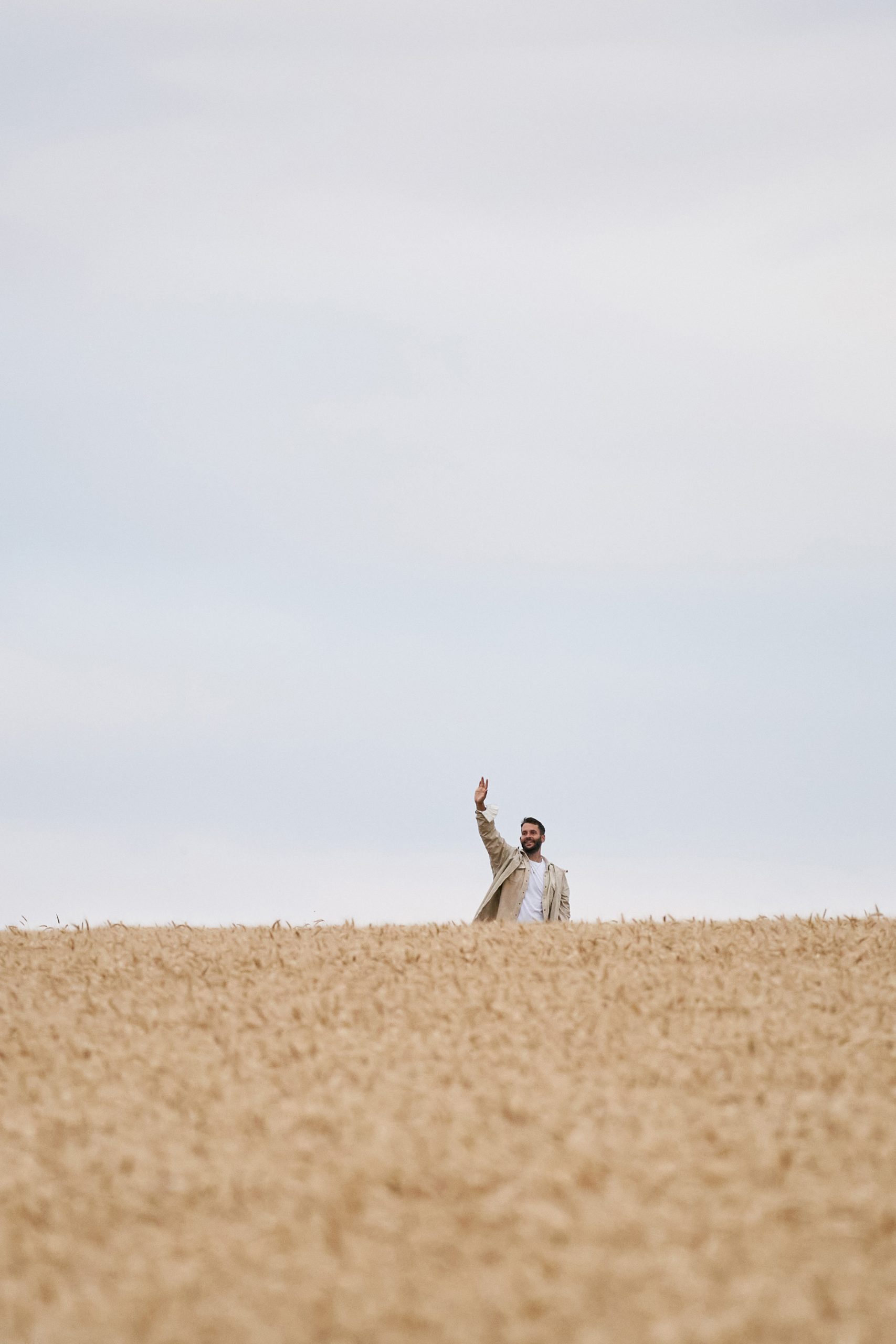BY LONG NGUYEN
‘L’amour’
JACQUEMUS SPRING 2021
“A year ago we decided to slow down our cycle by showing womenswear and menswear together in January and June. This allows us to reduce the number of shows, and mutualize fabric for menswear and womenswear and slower pace. More than a creative choice, it’s a sustainable model we believe in, and that works for us,” said Simon Porte Jacquemus in announcing his co-ed Spring physical show that will take place near Paris with a limited audience, the first in Paris this season.
Recently there has been so much debate about the validity of the international fashion calendar set forth by the major fashion federations that not only governs the specific time for global fashion shows but also indirectly controls the business side with regards to the timing delivery of merchandise to the store. After all, the timing of a brand’s shows effects when a brand can deliver the products of that show.
While the global fashion industry is still stuck in discussions over issues of show weeks with just Gucci, Saint Laurent, and Michael Kors announcing their adoption of the biannual show structure, Jacquemus is now firmly leading the way with his streamlined business model now in its second season. This past January during the men’s fall shows, the brand debuted this new bi-annual show and business format with a mega spectacle at Paris La Défense Arena, where a crush of people waiting for entry made the wait outside feel like a concert venue.
As with all live fashion shows, this live streaming started over half an hour after it’s scheduled time. Online audiences were treated with therapeutic images of wheat fields blending into the light winds. Yet the wait was worth it, if not just for the reassurance and the certainty that the show was not pre-recorded.
The images of the wheat fields in previews shots did nothing to betray the real surprise location in an actual wheat field north of Paris with a snakelike cutaway clearing a path for the models and with socially distanced placements for a small amount of guests who sat inside cut out rectangles from the wood planks’ slightly elevated runway.
The models formed a line up mixing both girls and guys and each walked at a slow pace, each taking their turn around the zig-zagged river runway shape in the wheat field. The girls wore body-conscious and fitted long slip dresses with floor-length layered ruffles or micro corset dresses with front folds, bolero cropped jackets with long skirts or bra tops and pants; and the guys wore loose-fitting two patch pocket double-breasted suits with cut out heart shapes, oversized single-breasted suit with leather hanging decorations, loose blazers with cotton shirts worn untucked, or shirts and khaki pants with patches of canvas attached as embellishments.
The men’s looks have that familiarity and down to earth sentiment that even the high-side buttoned double-breasted jacket with the double pockets on one side worn by a few of the male models did not feel out of place. That grey linen suit with ecru cotton shirt did not look at all dressed up. In addition, these mixtures of the tailoring and the casual provide an alternative to the current streetwear dominated menswear aesthetics.
The serene and nonchalant attitudes of the models in their monochromatic but recognizable Jacquemus clothes in shades of ecru, dark grey, dark green, and white matched in perfect harmony with the staged setting for this early evening show in the countryside.
For the clothes in this show, Jacquemus kept his design elements to a minimum with a focus on detailing around the waist of long skirts and pants – one black pant opened in a forward fold, another skirt had asymmetrical cuts and buttoning – thus avoiding any kind of tricky or over-designed elements that often obscure any garments. Even the extreme-sided high slit greenish linen skirt did not stray too far fashion-forward but remained part of the evolving design language.
These precisions of the aesthetics and their concise expressions in clothes have propelled Simon Porte Jacquemus, who founded his label in 2009, to become the leader of a group of young French designers in Paris. As he ran along in the finale of the show today with models ahead and behind him and a drone hovering overhead beaming this kaleidoscopic side view of models in single file seen from the chest up, surrounded on both sides by maturing wheat fields, it was a proud moment for this French designer rising out from the fields that provide the flour for the baguettes.

